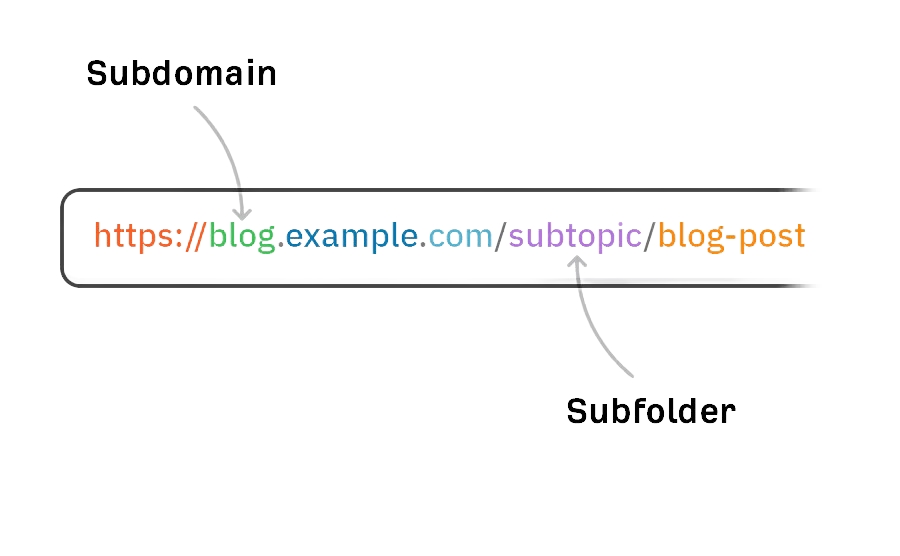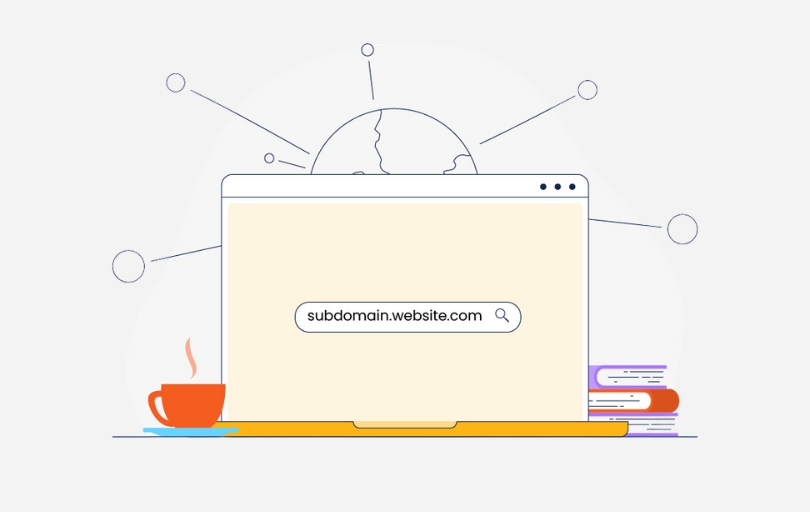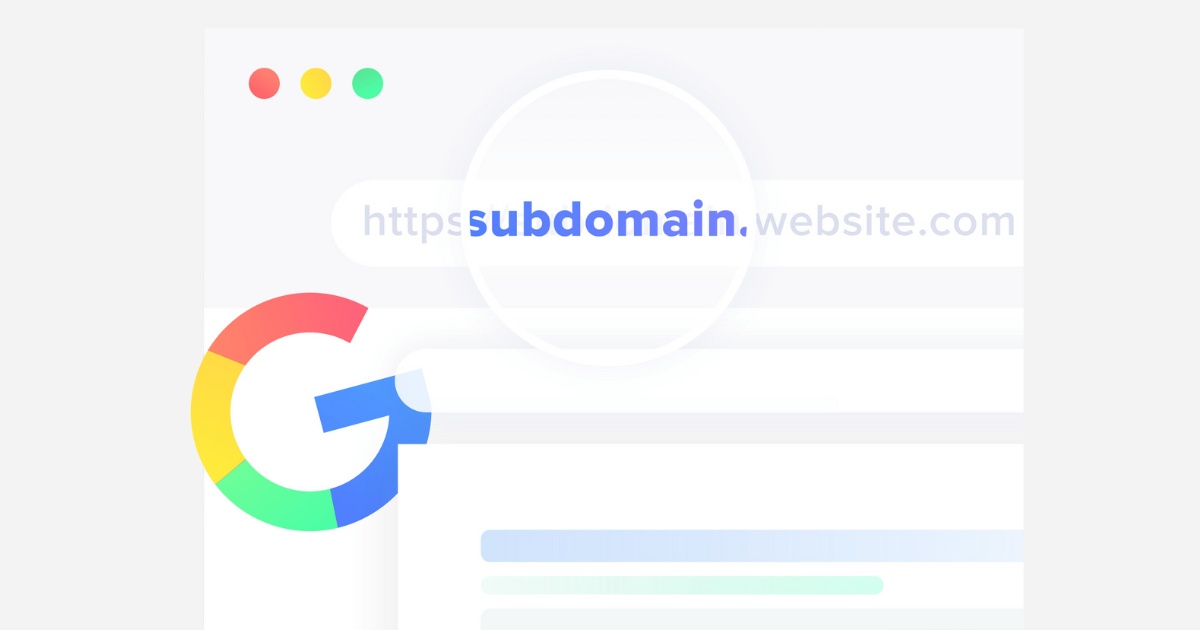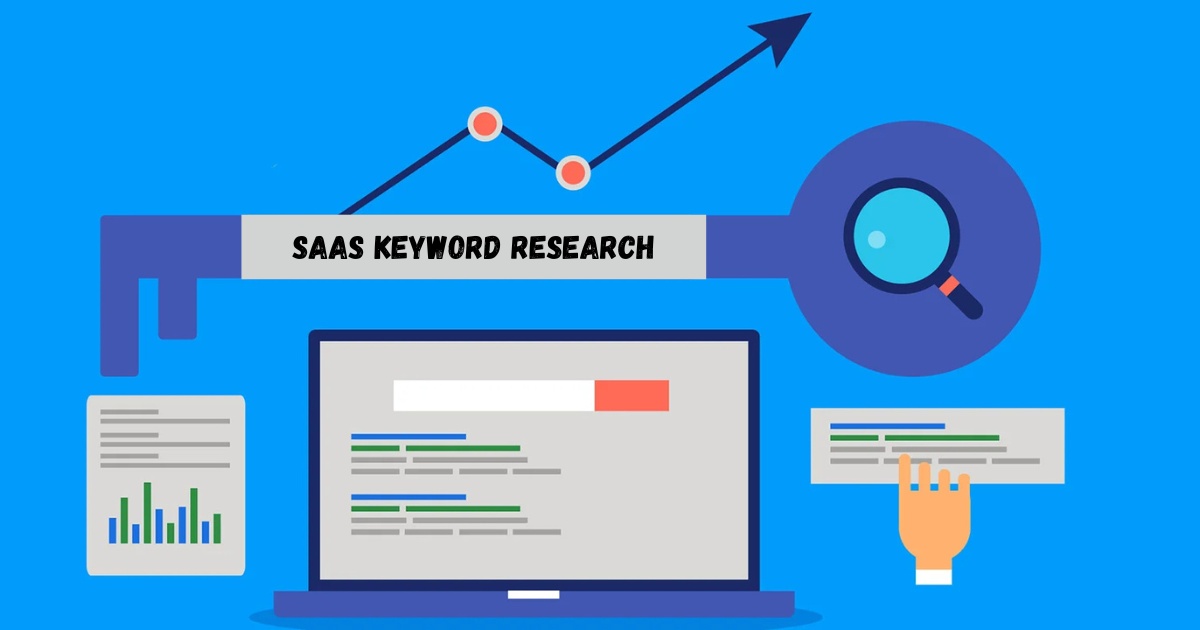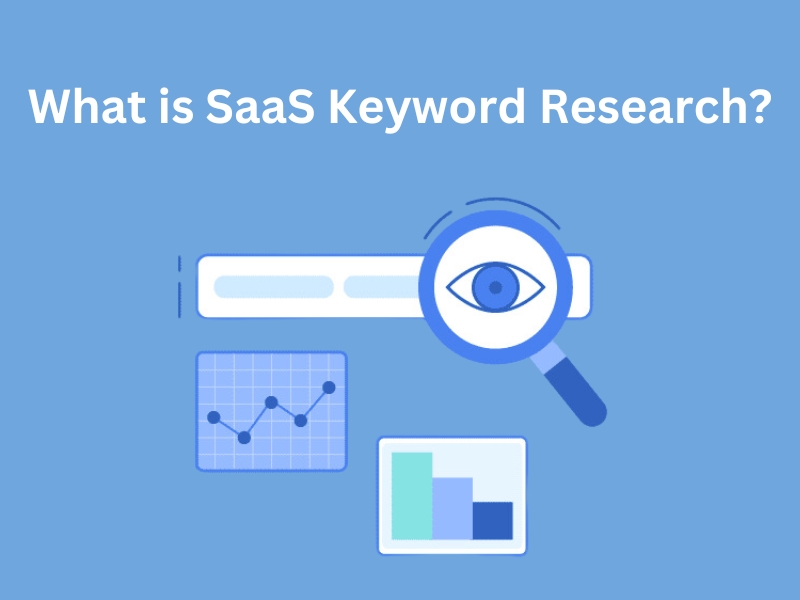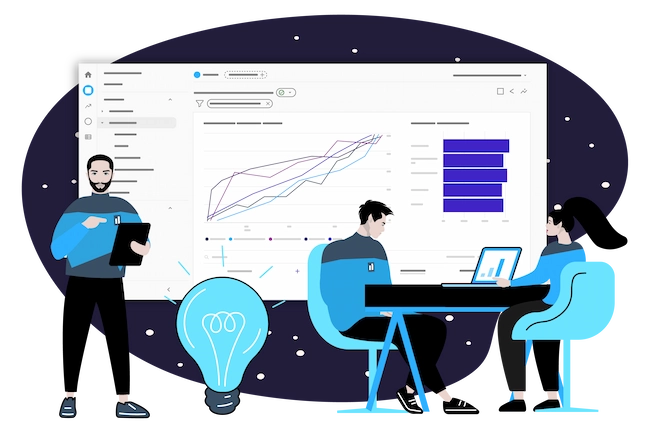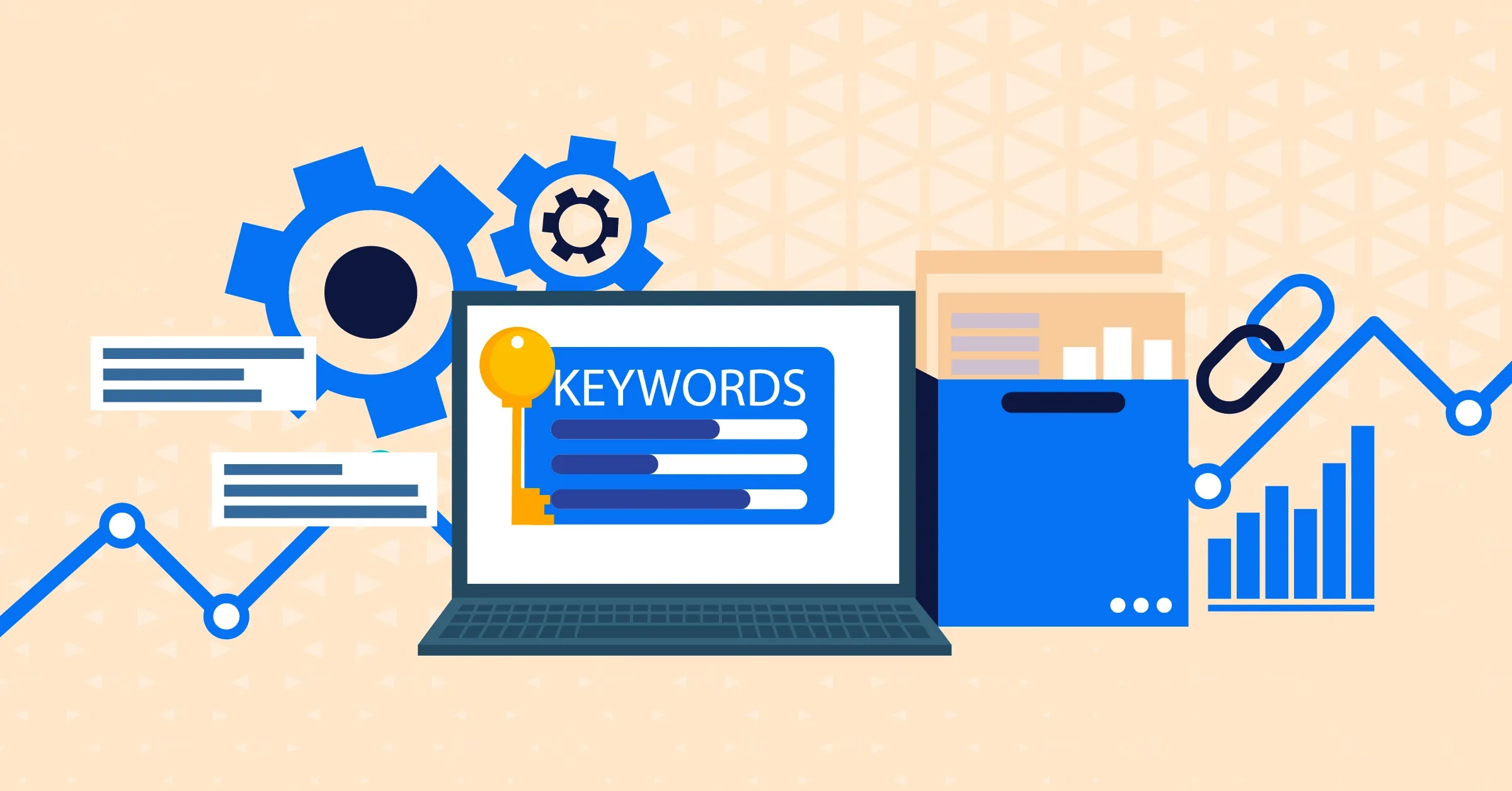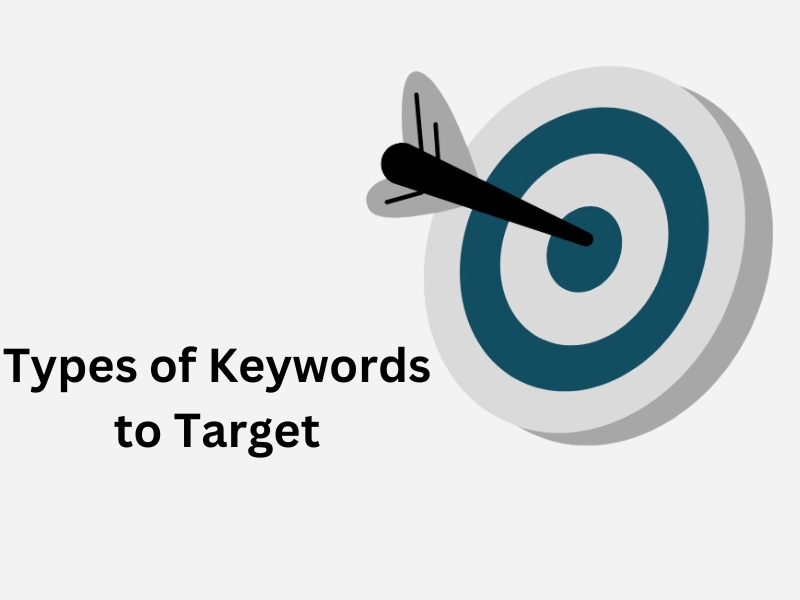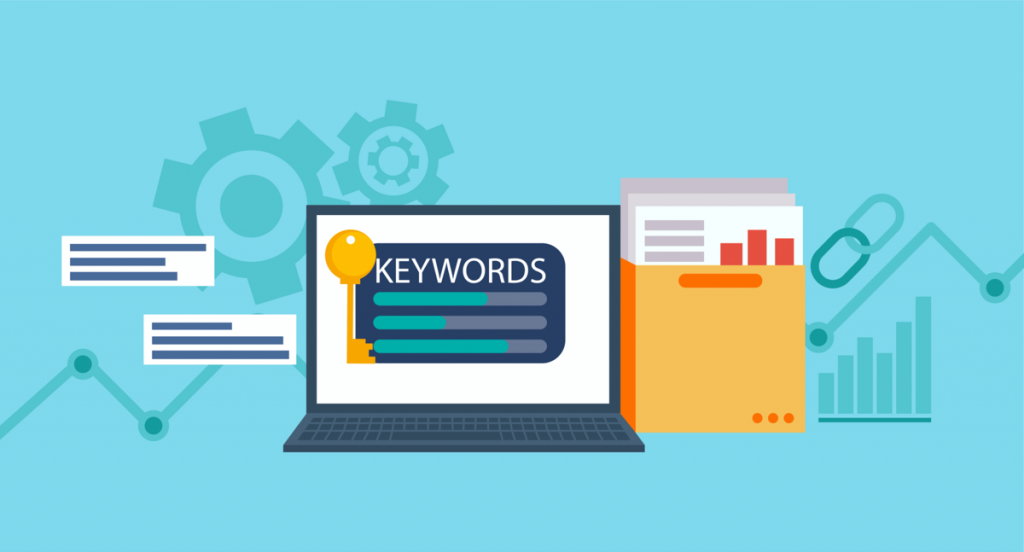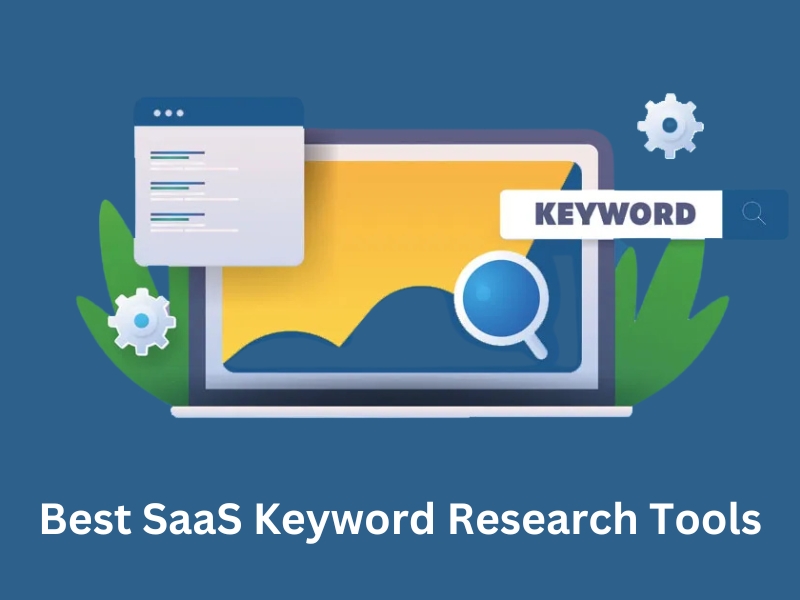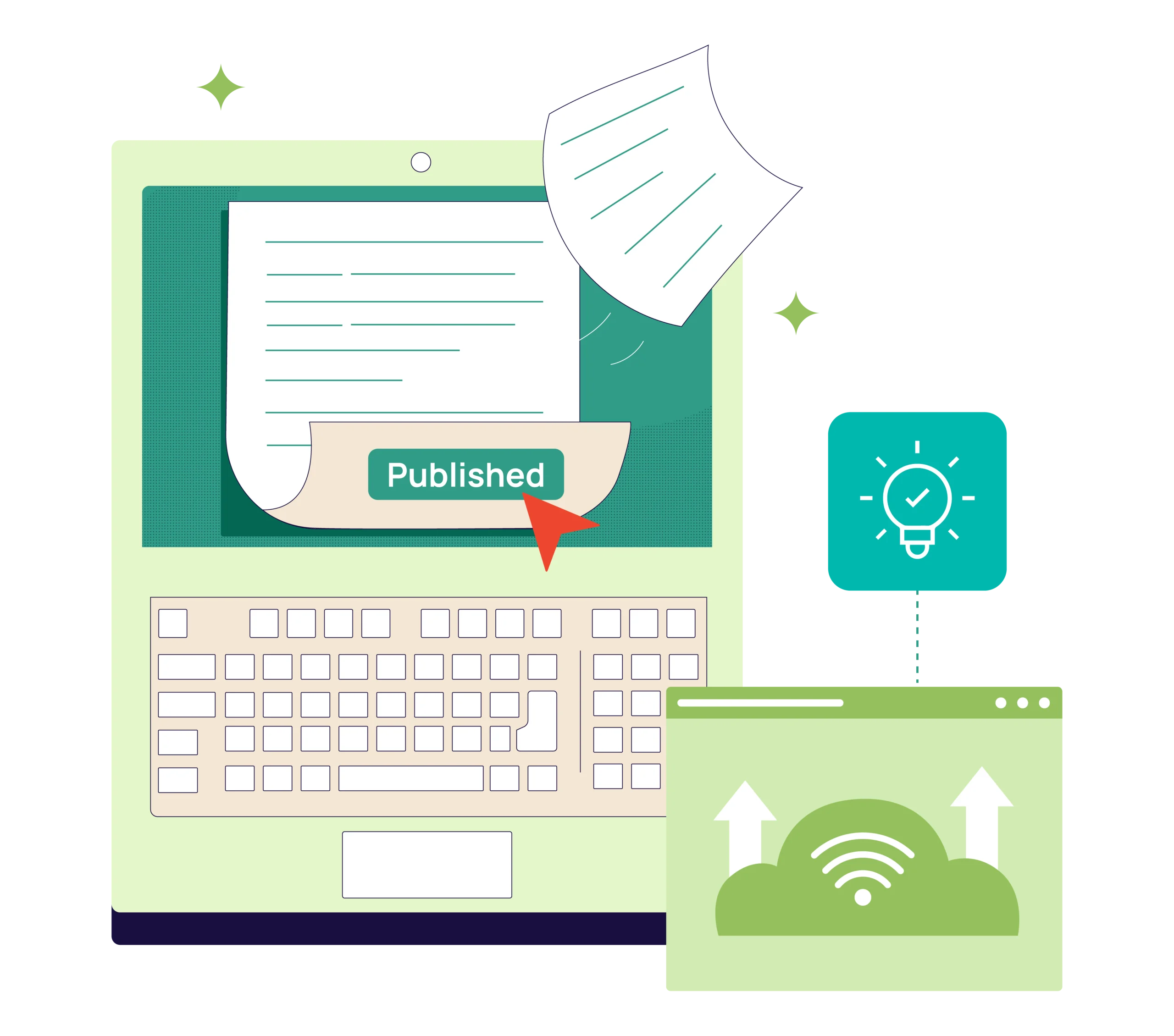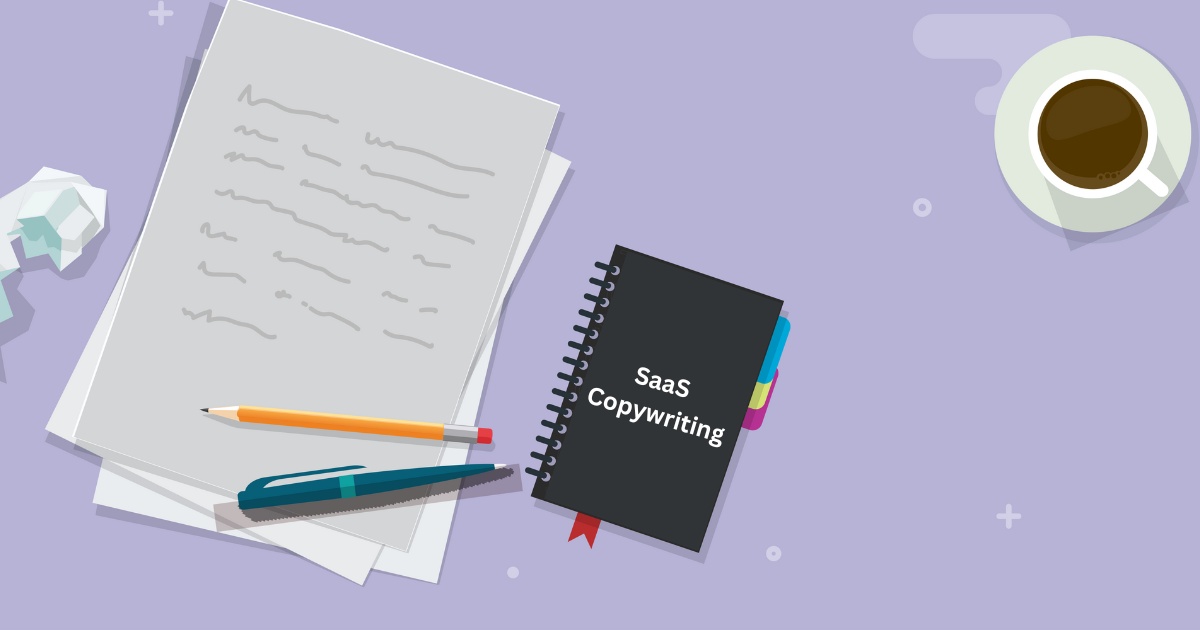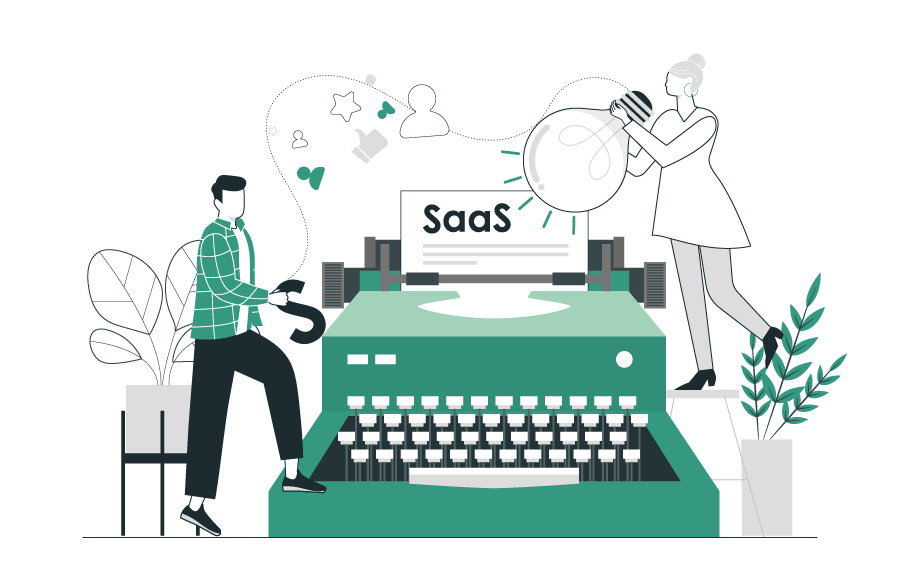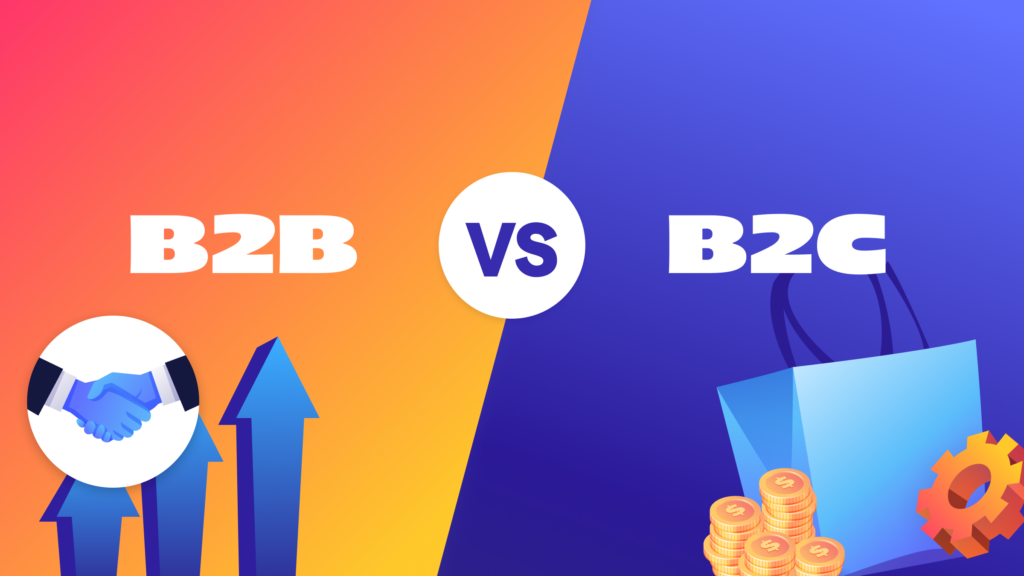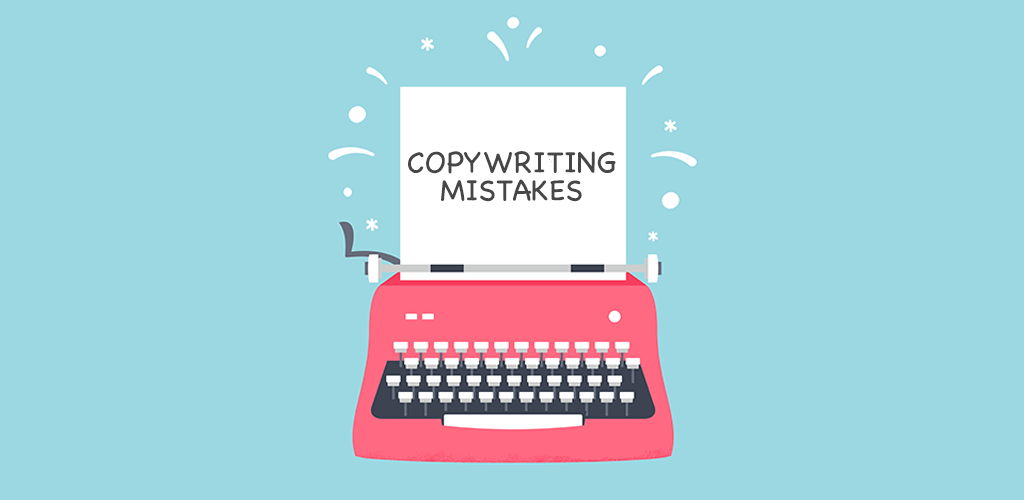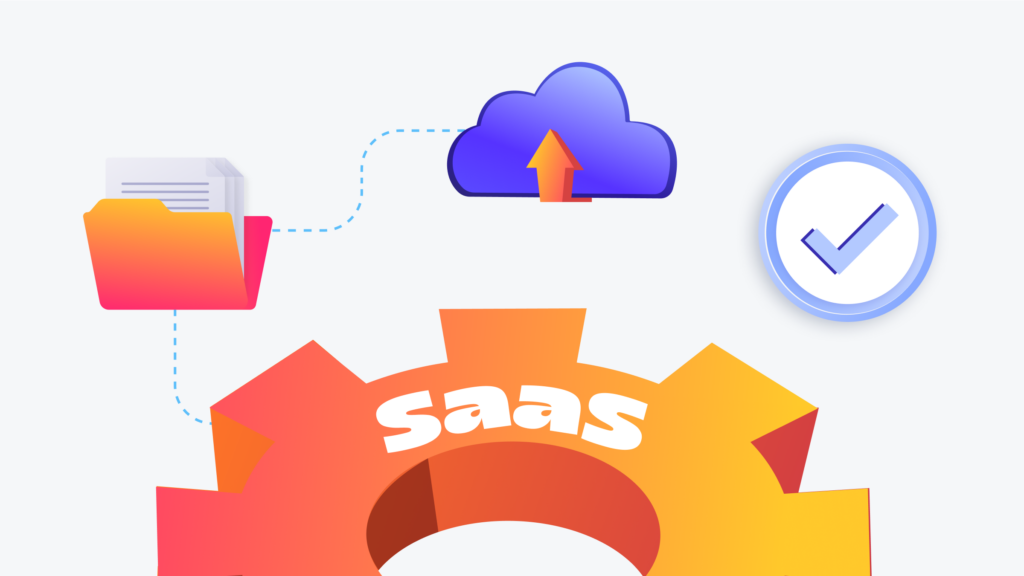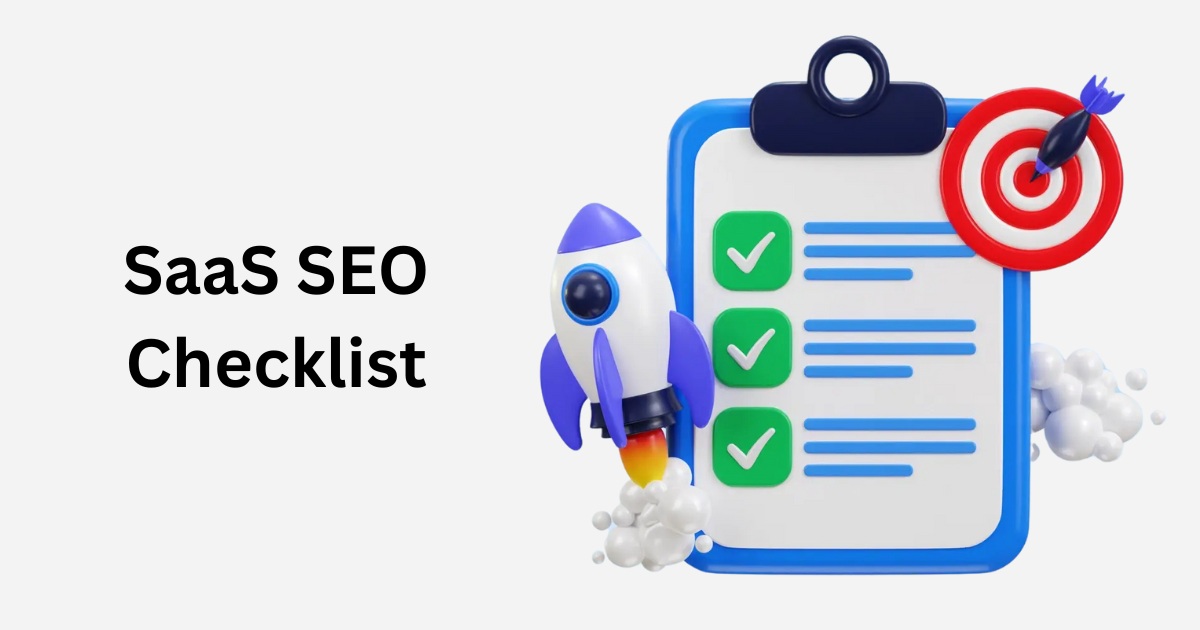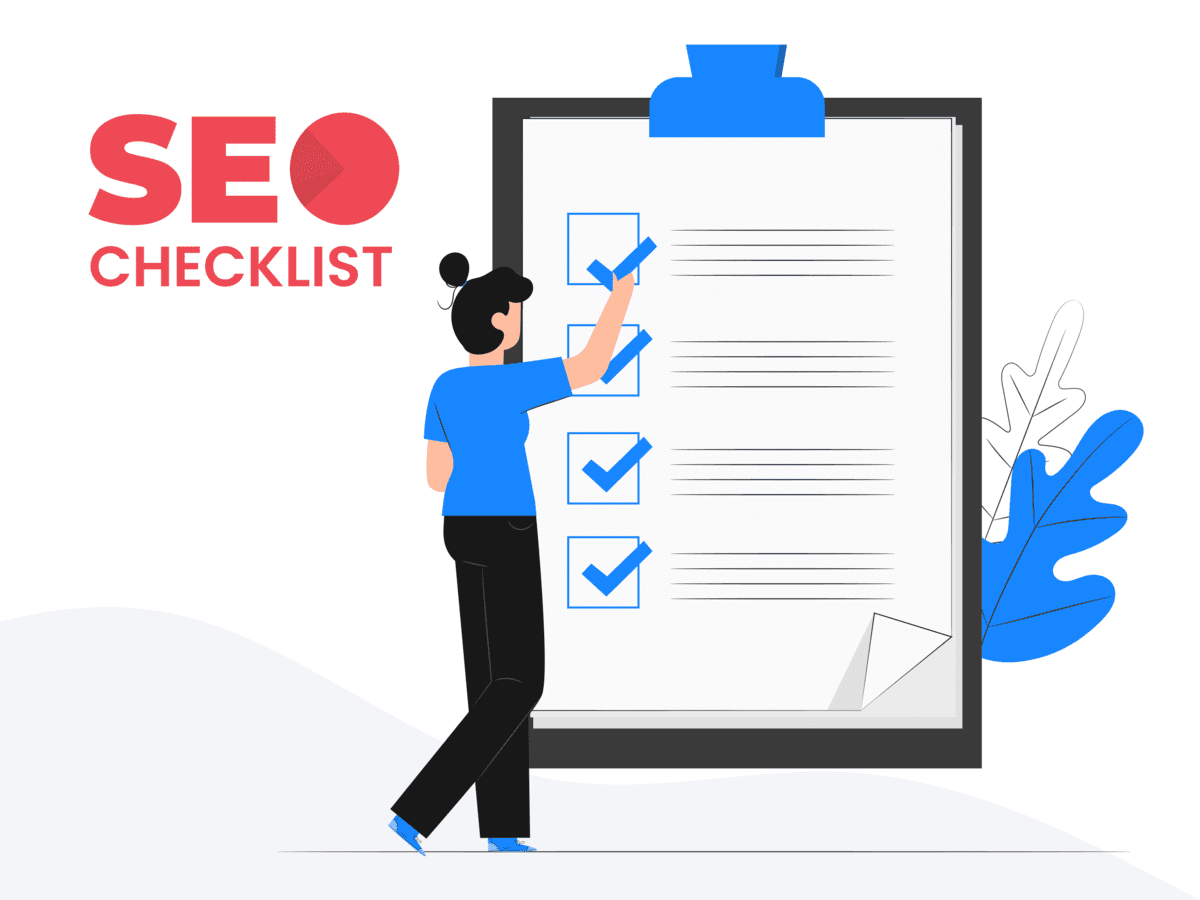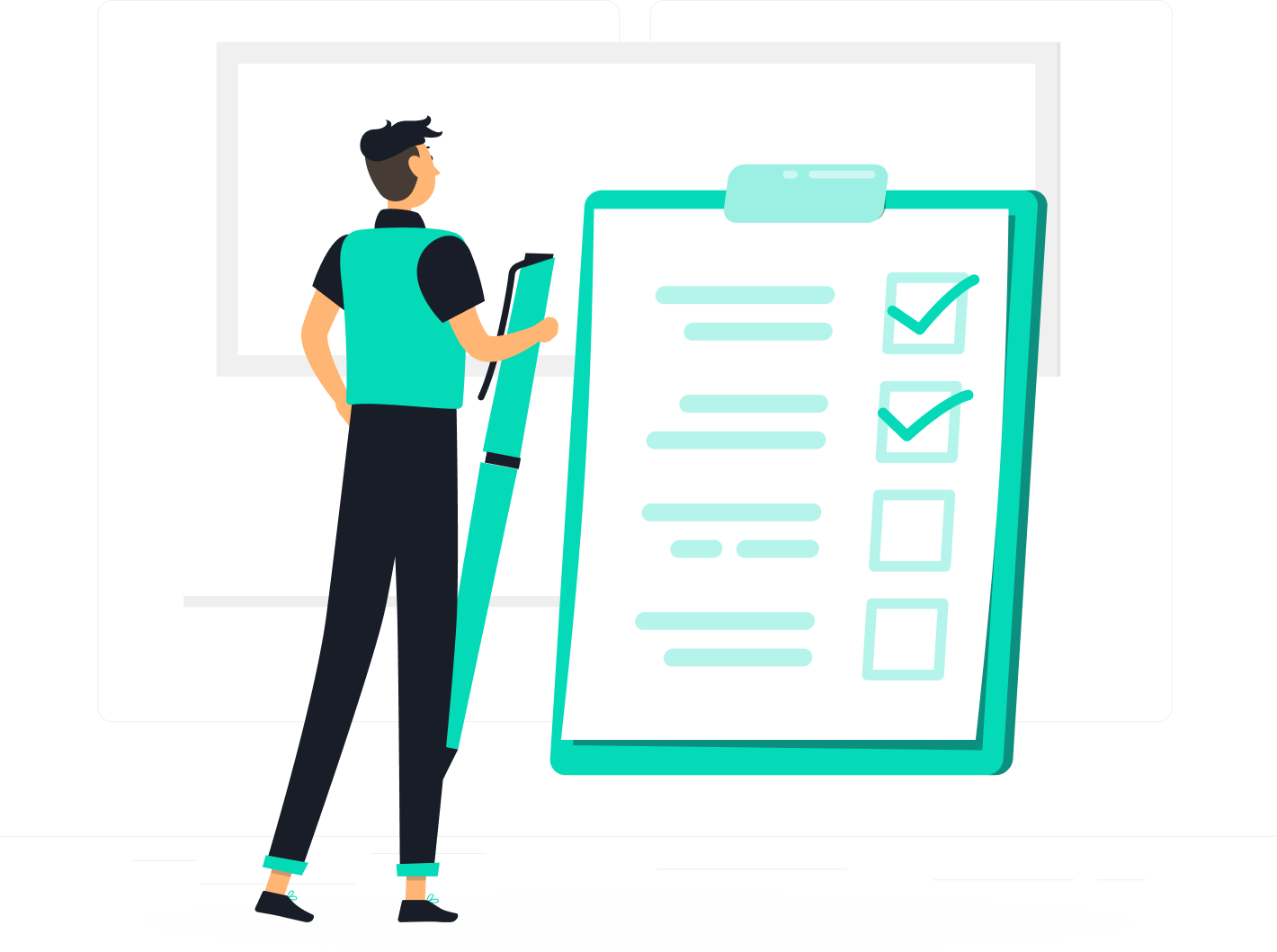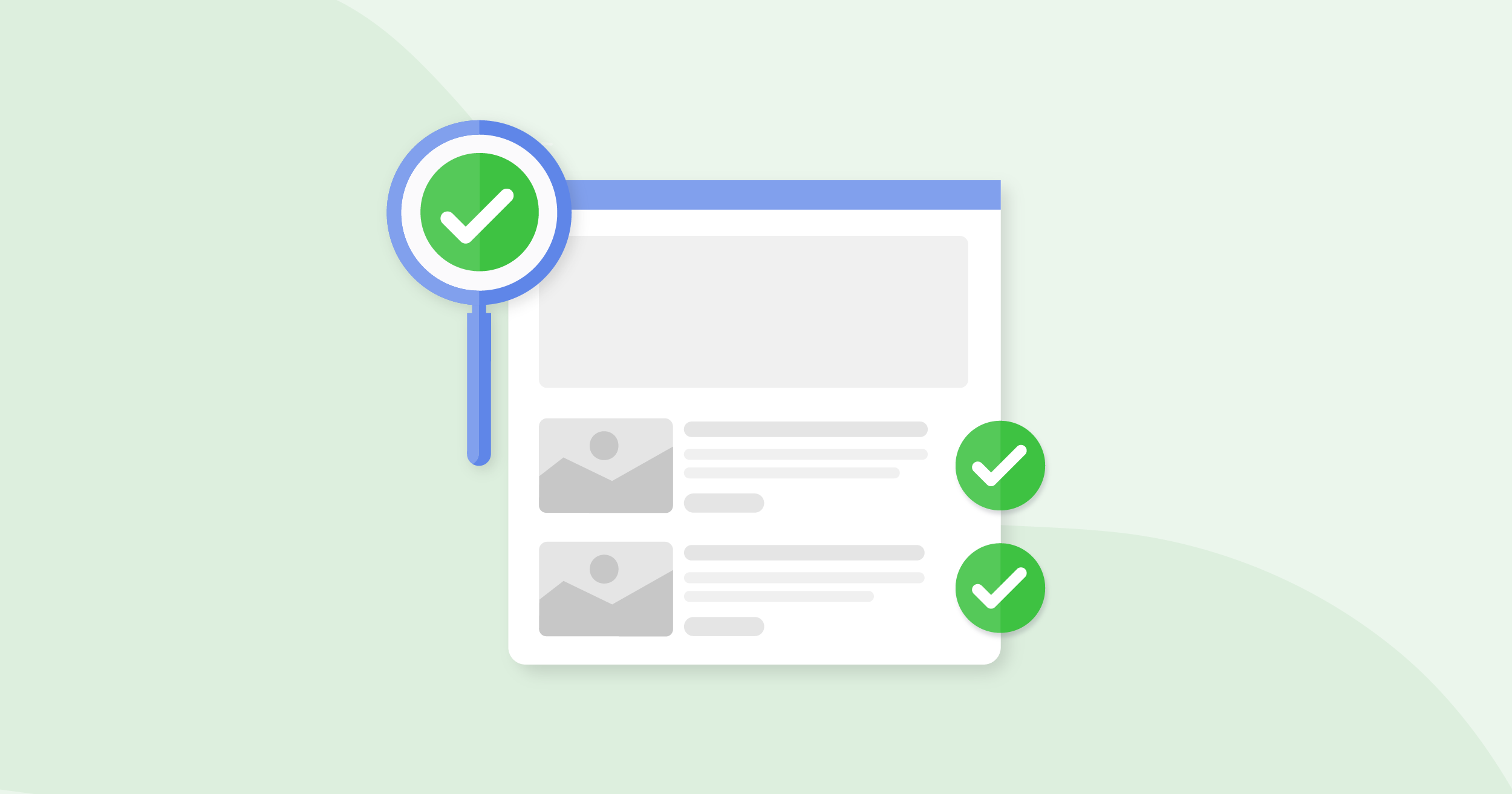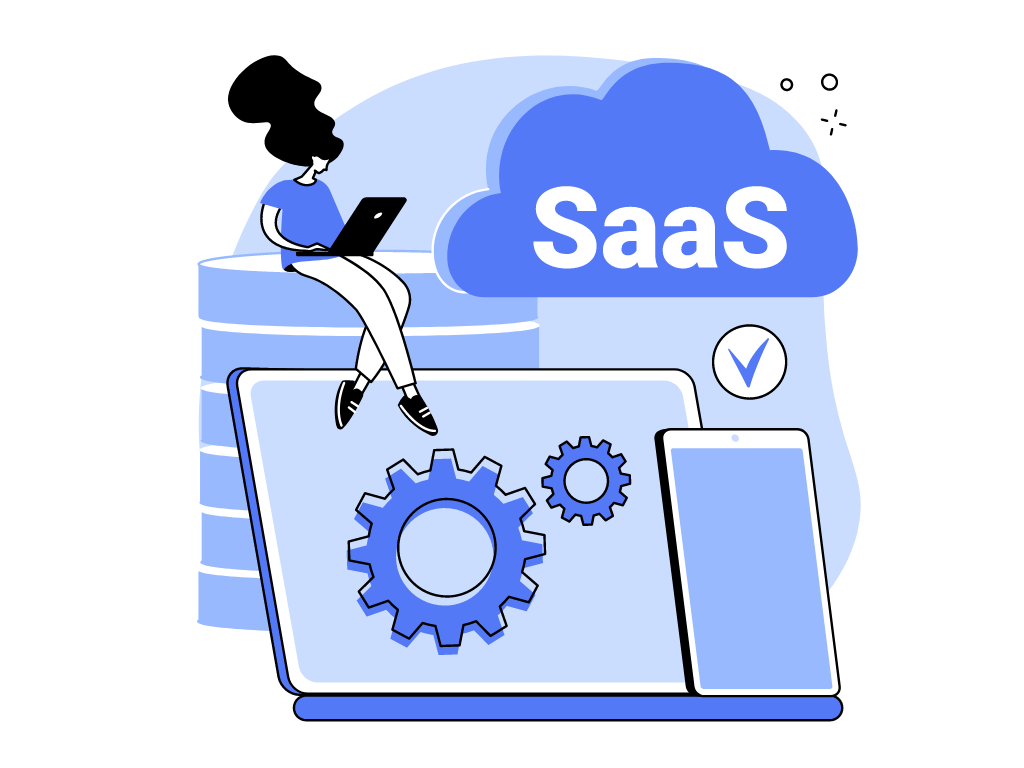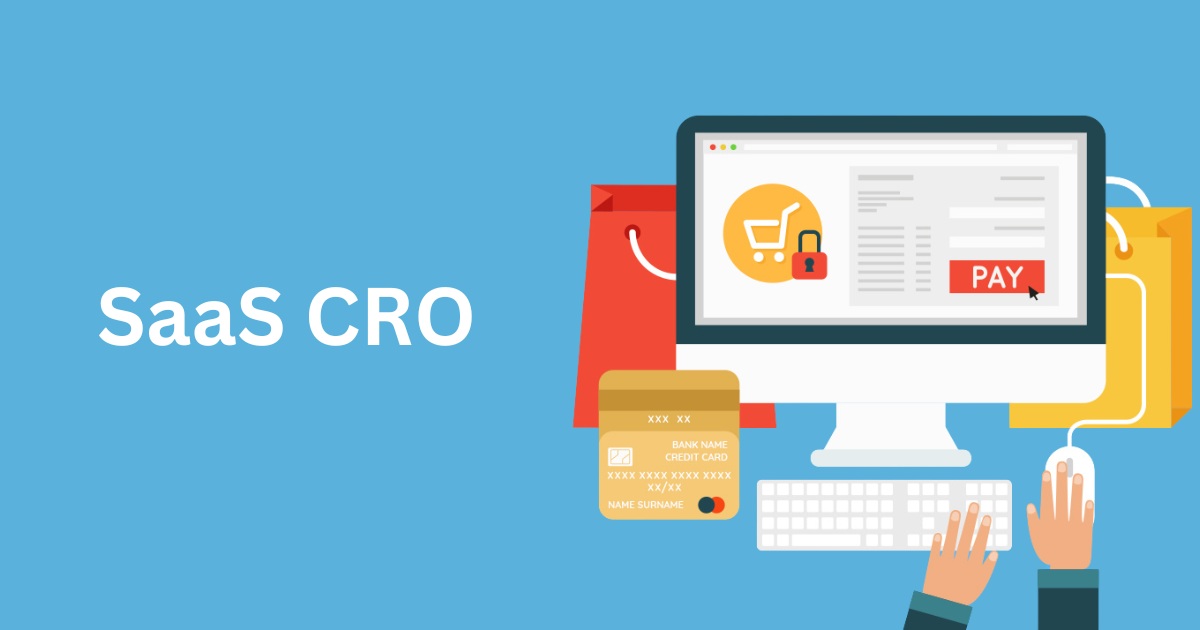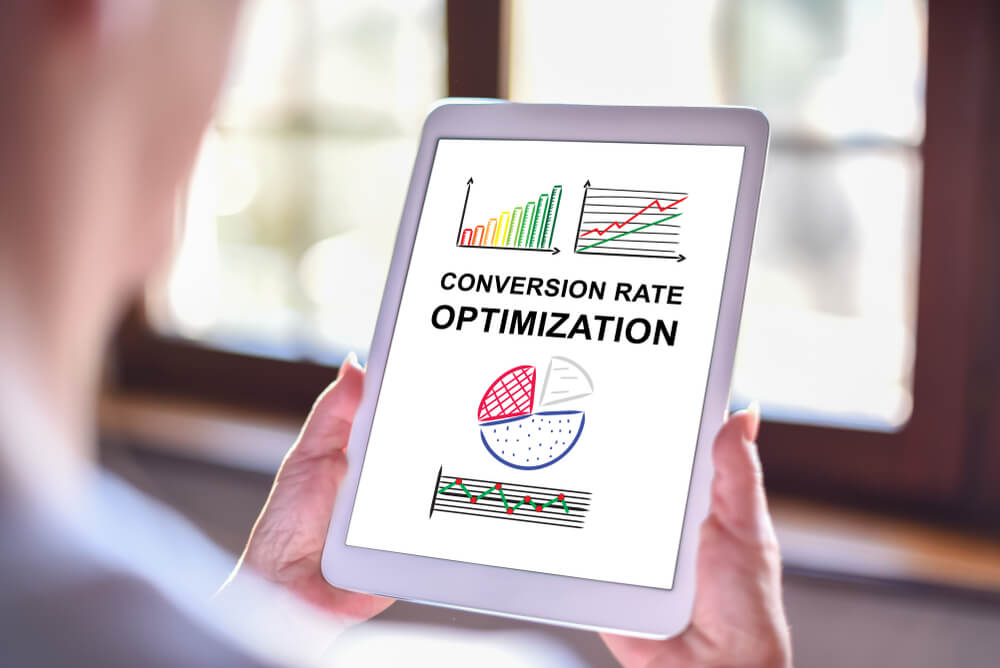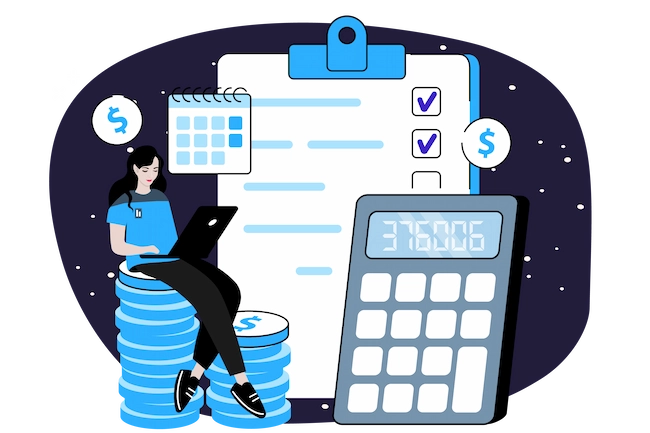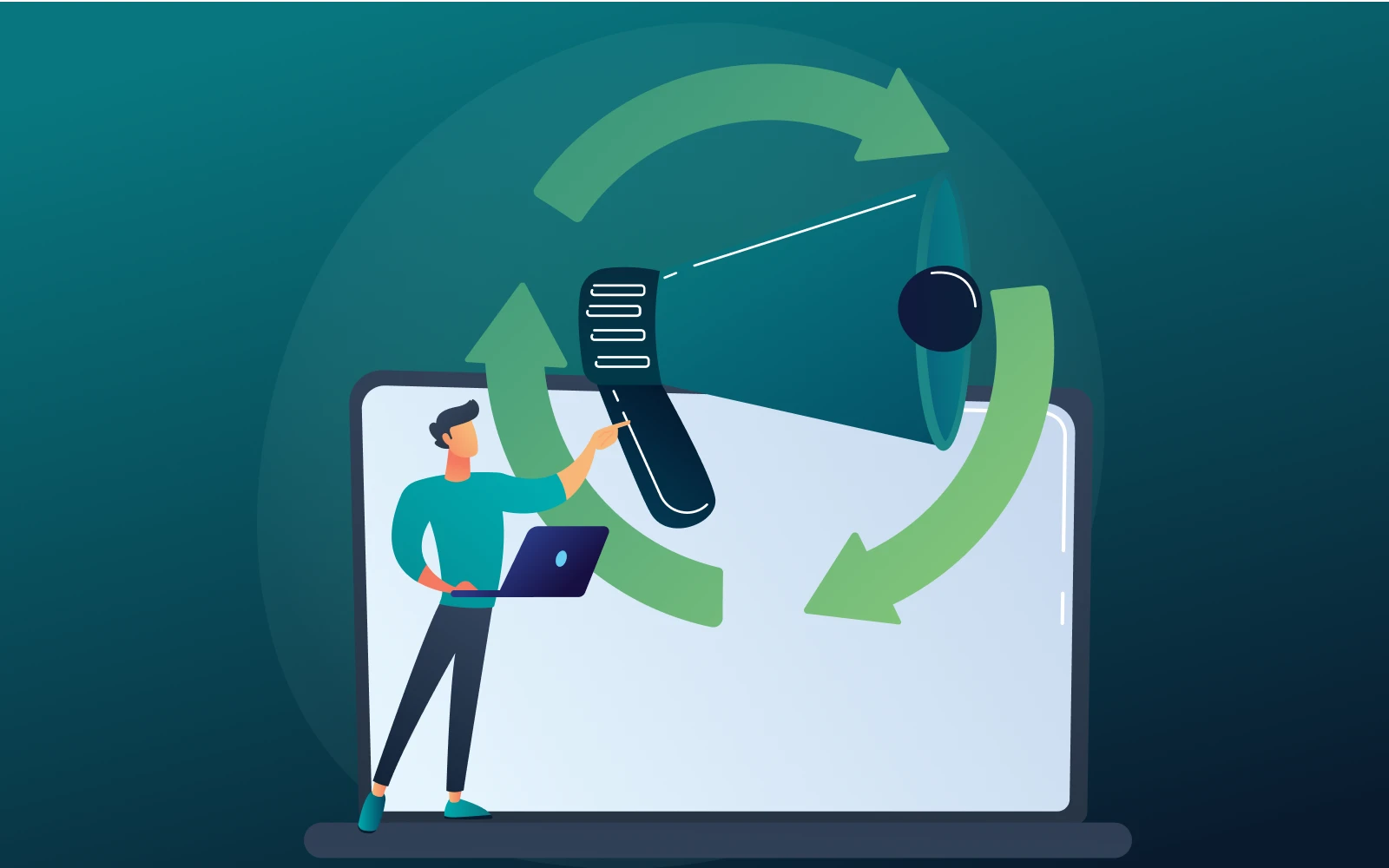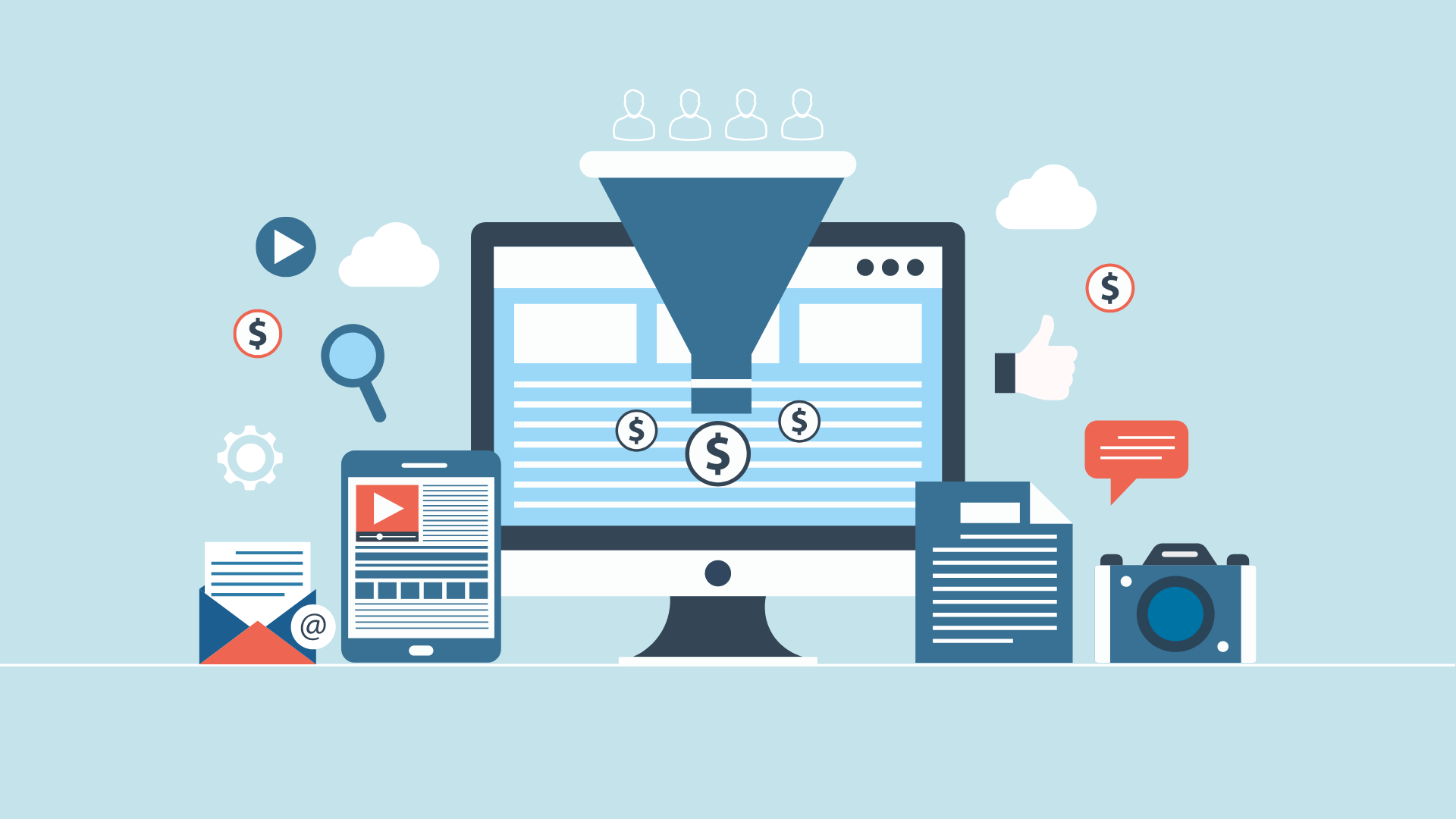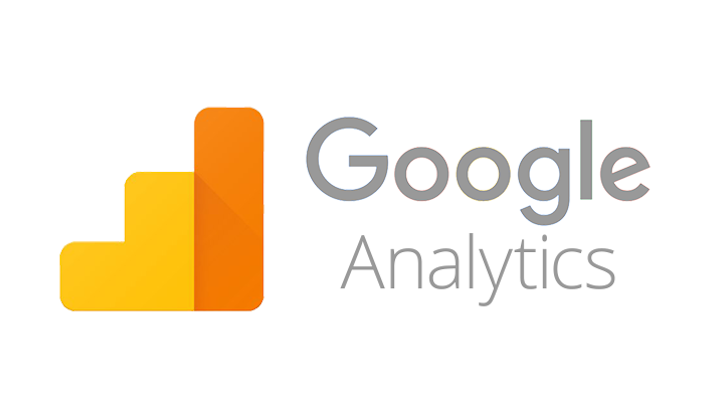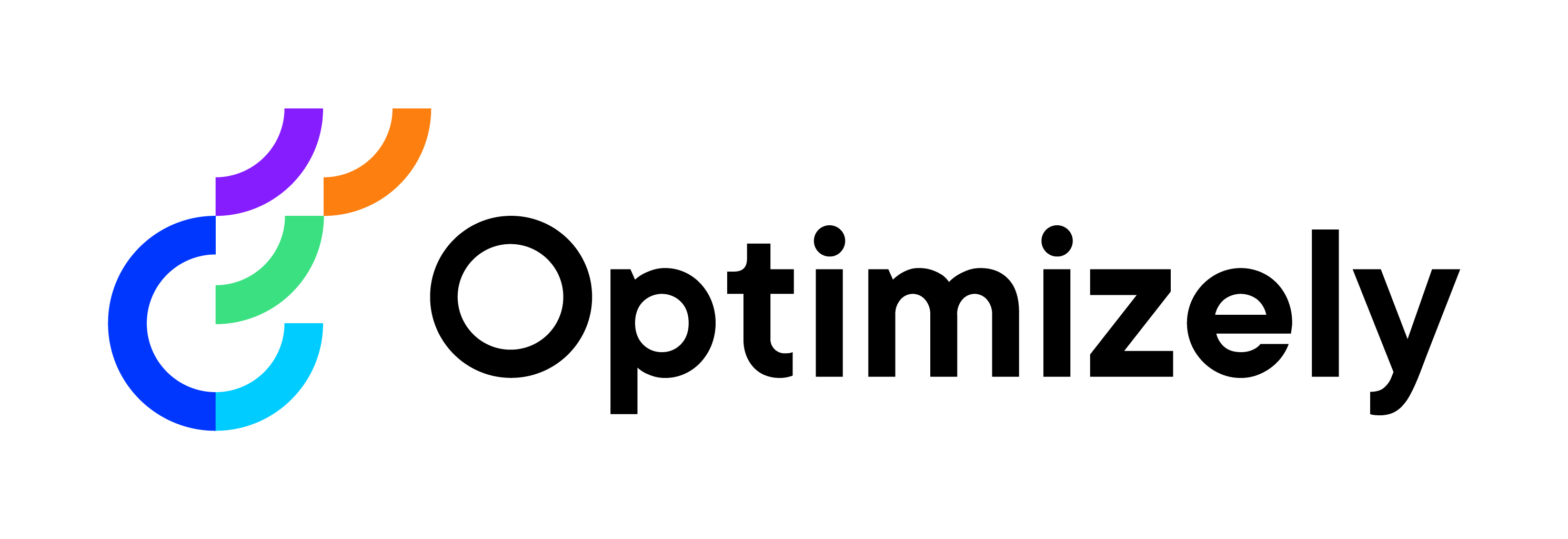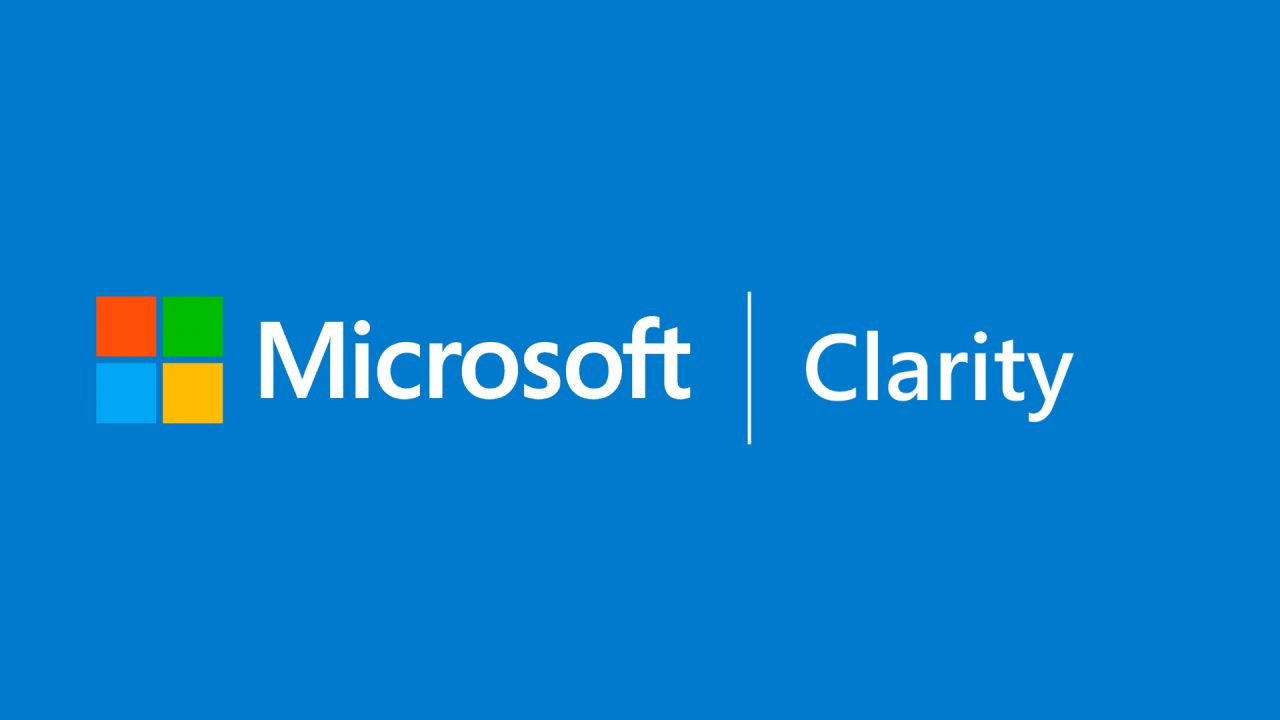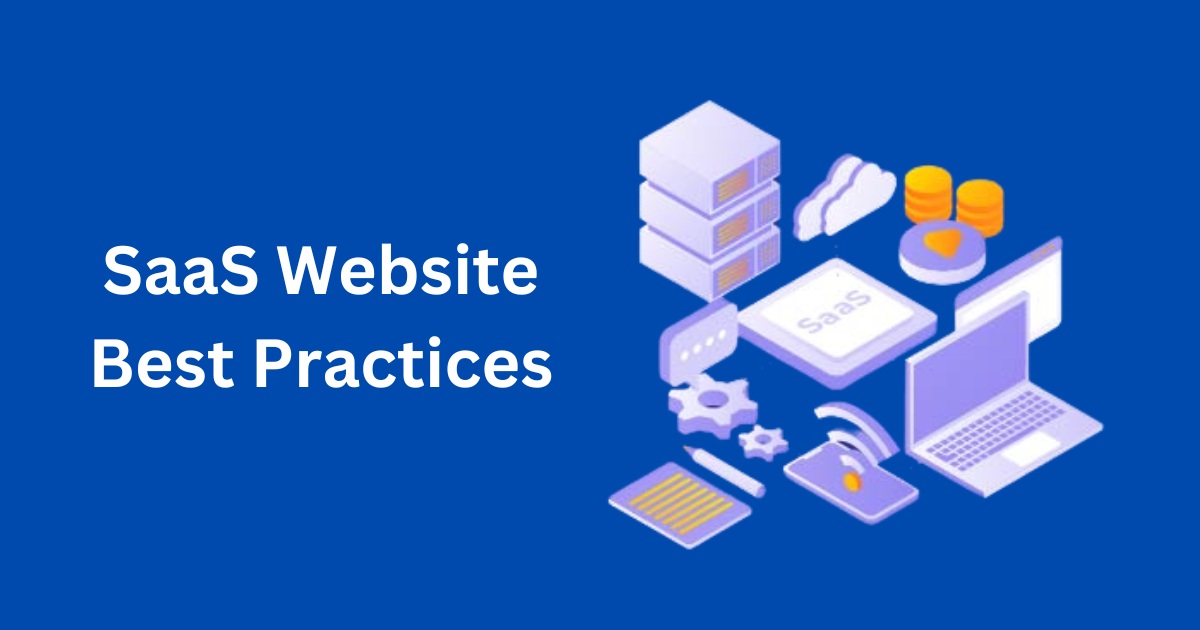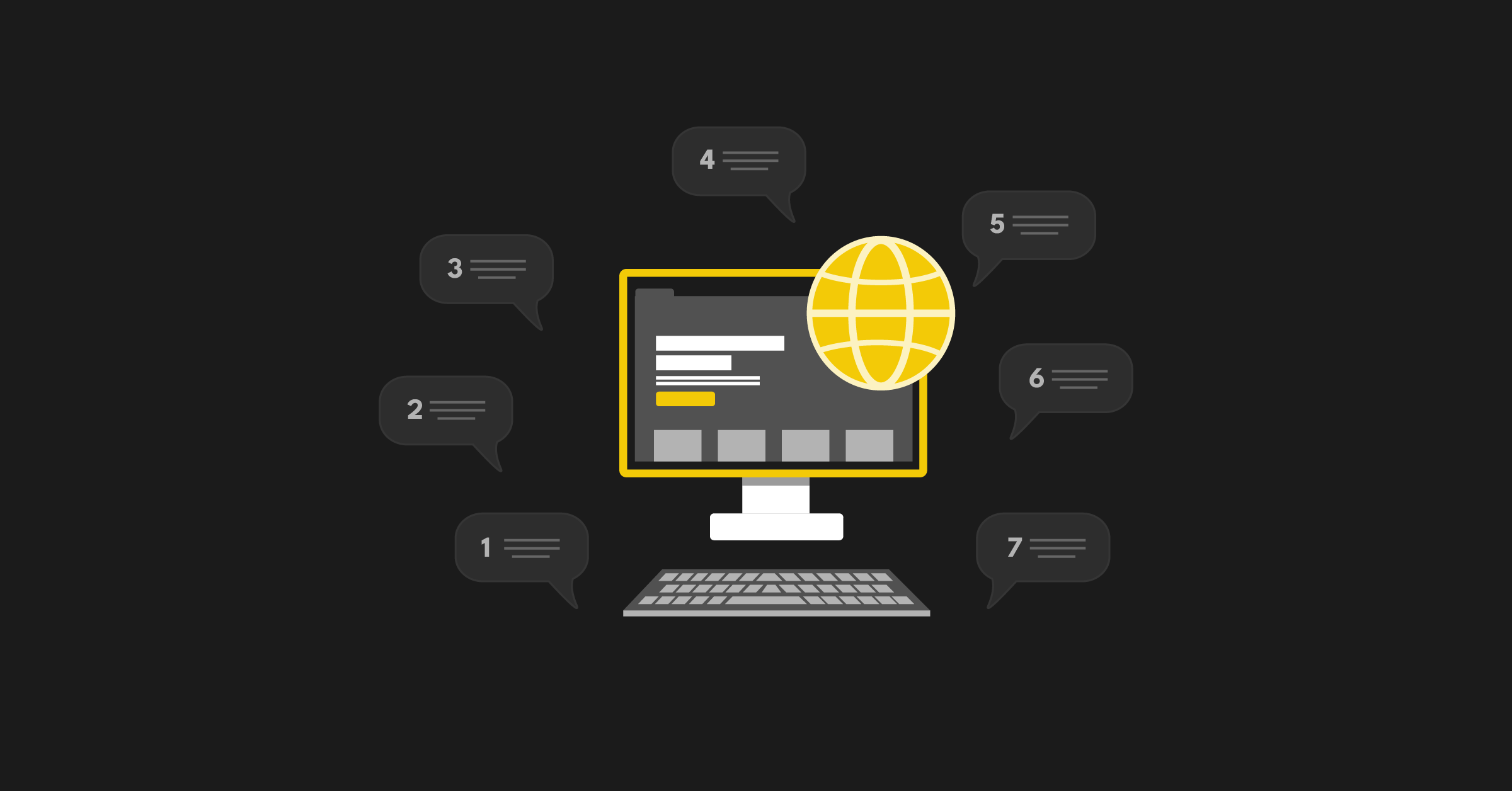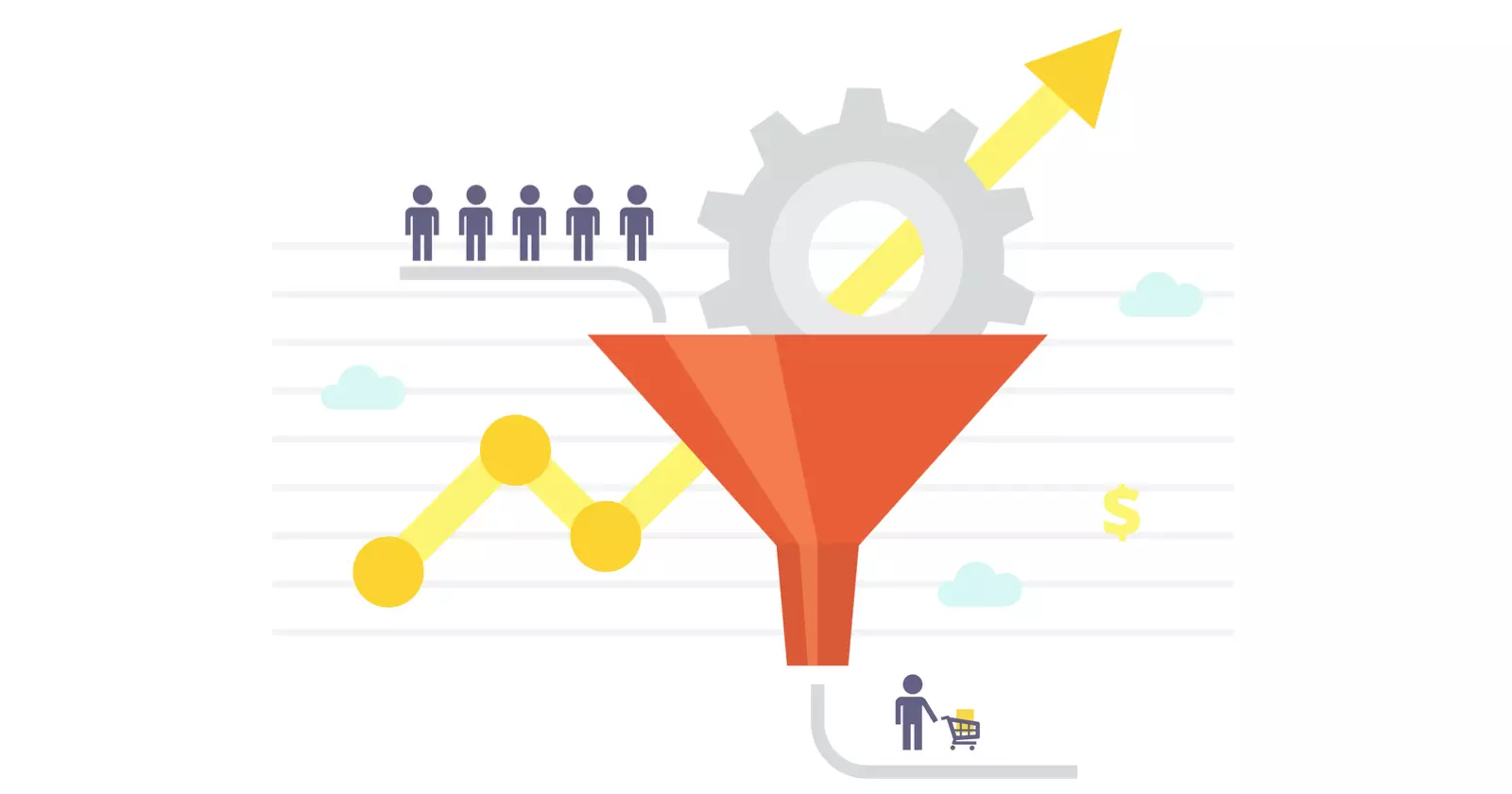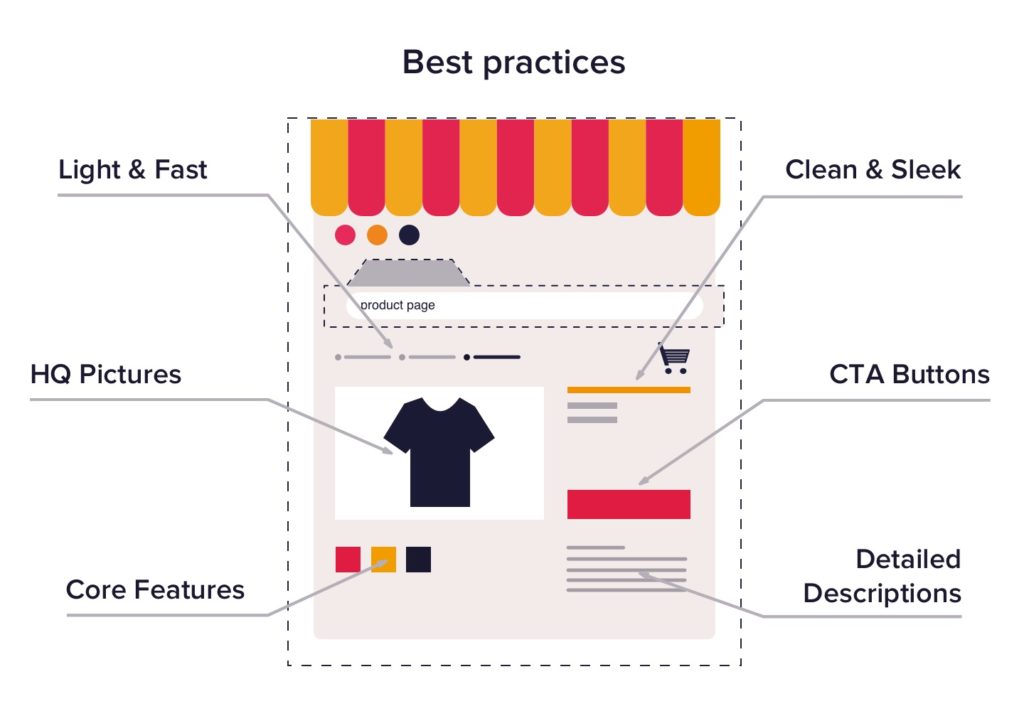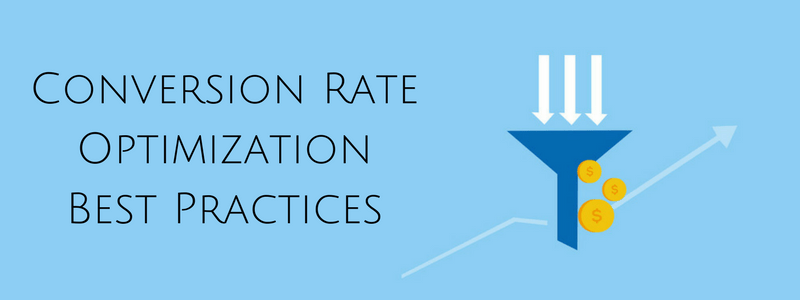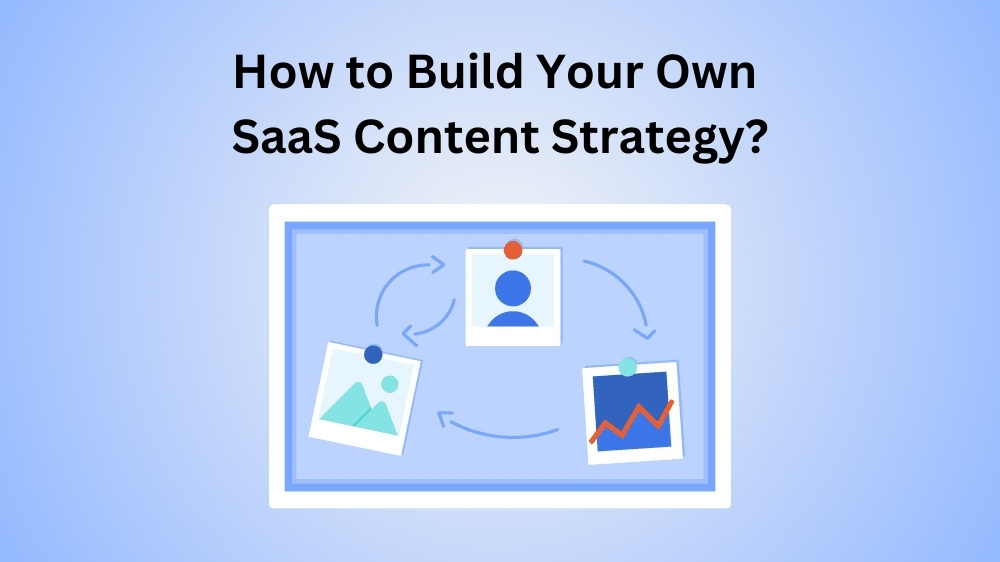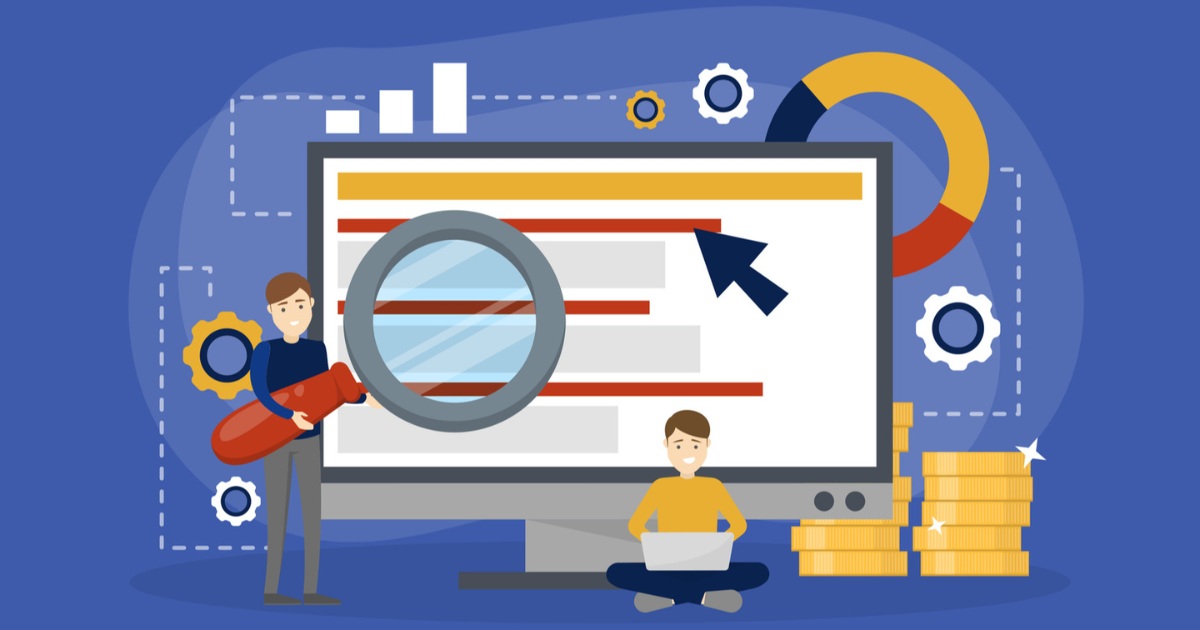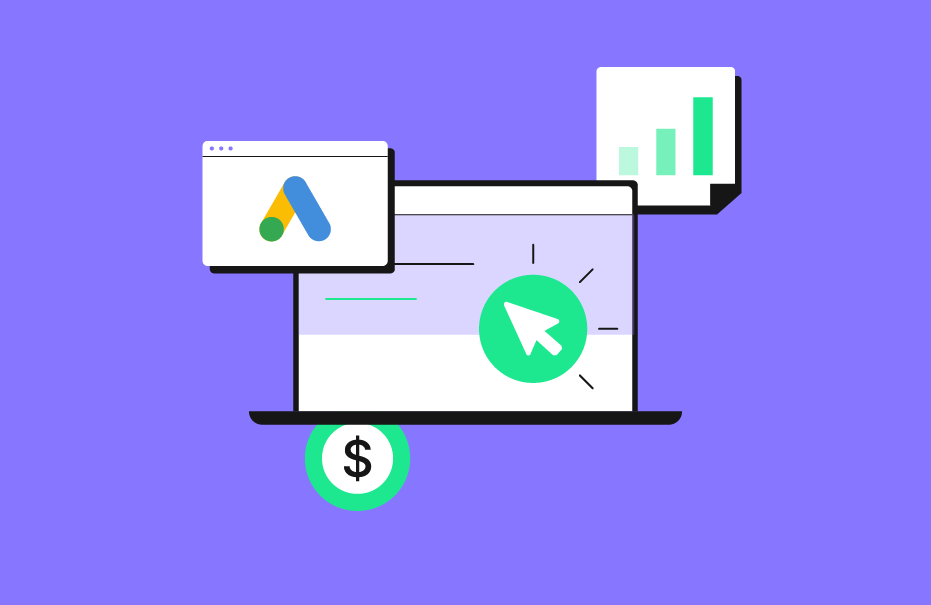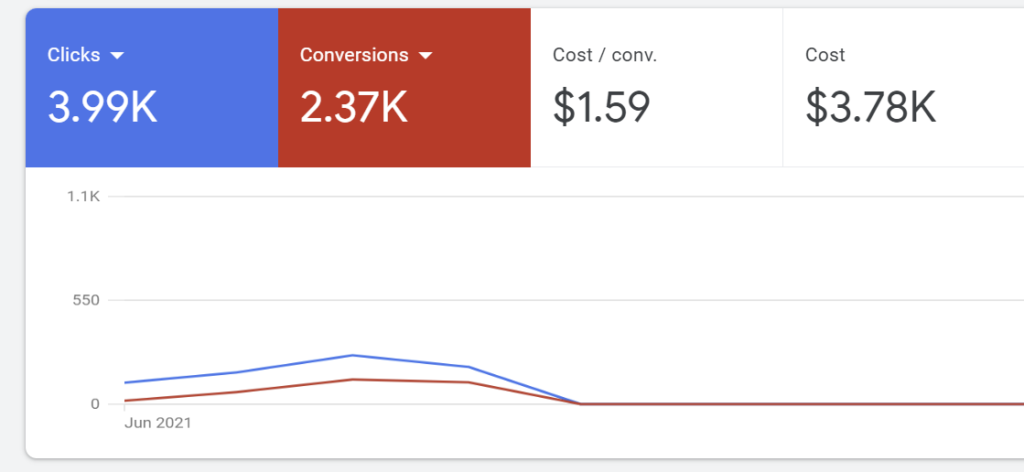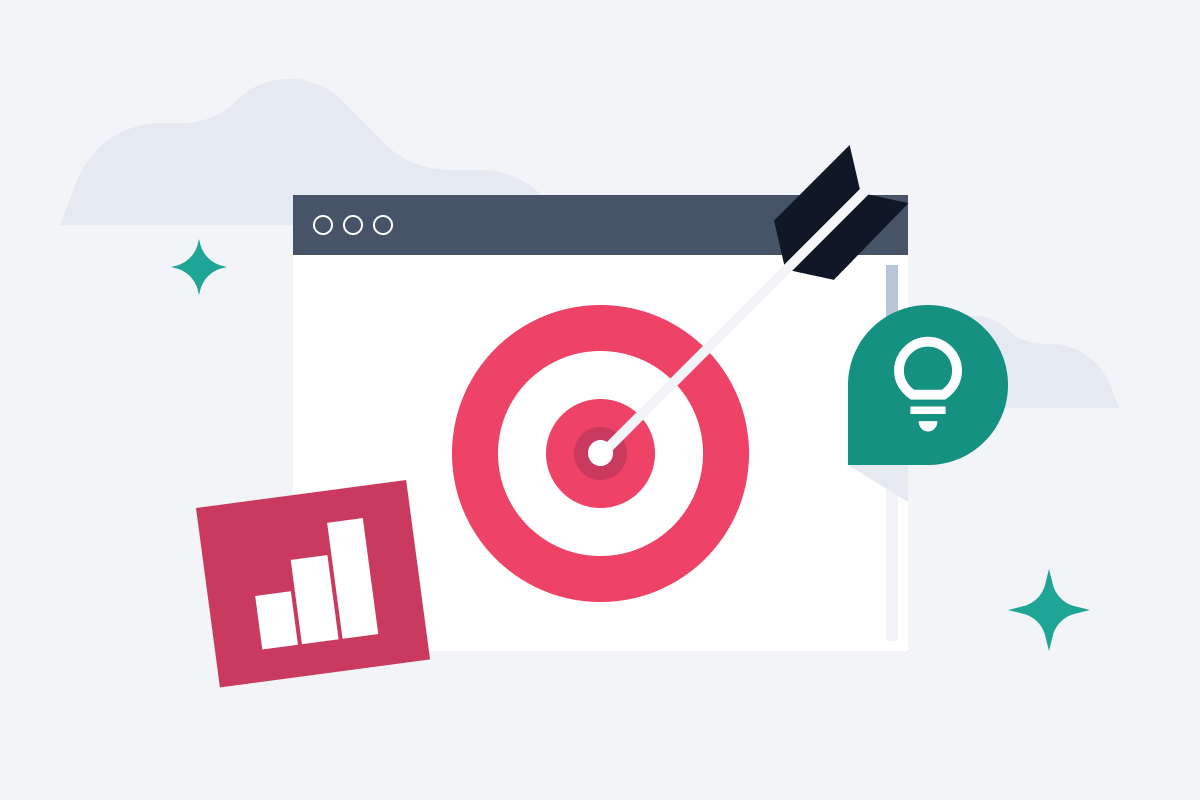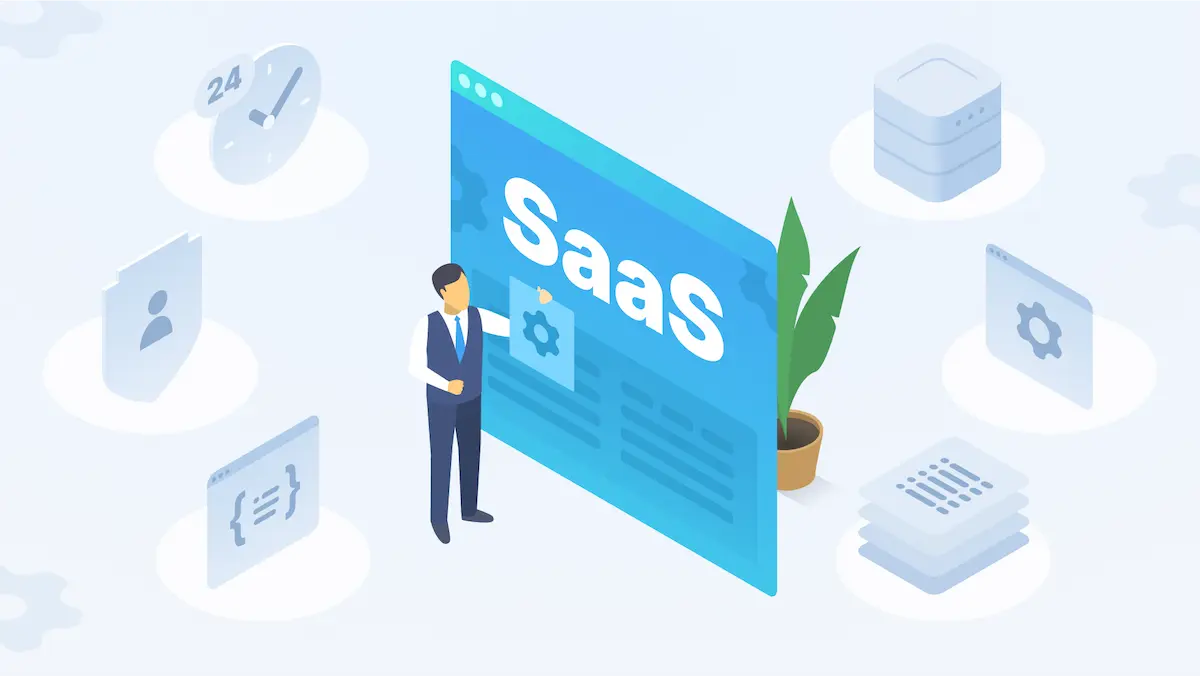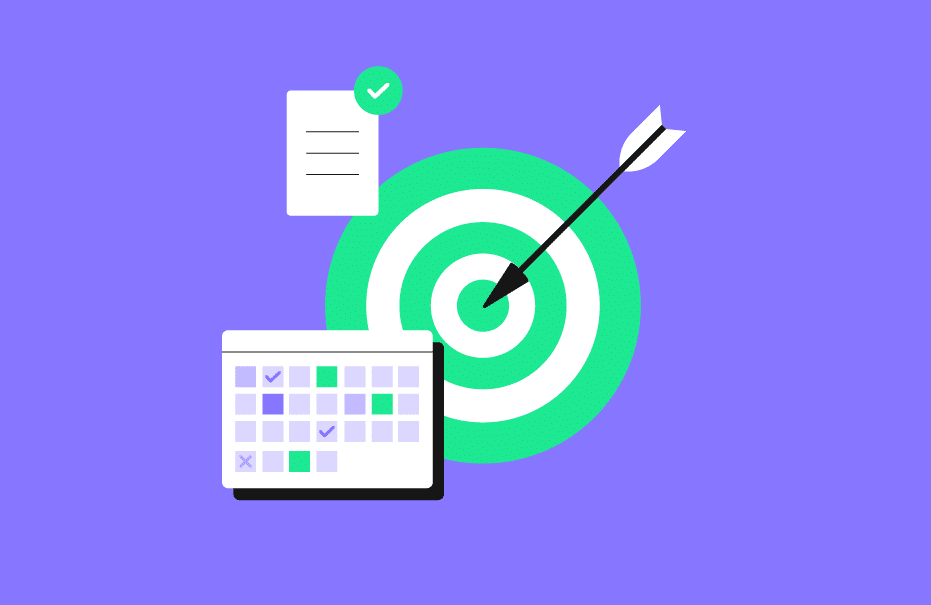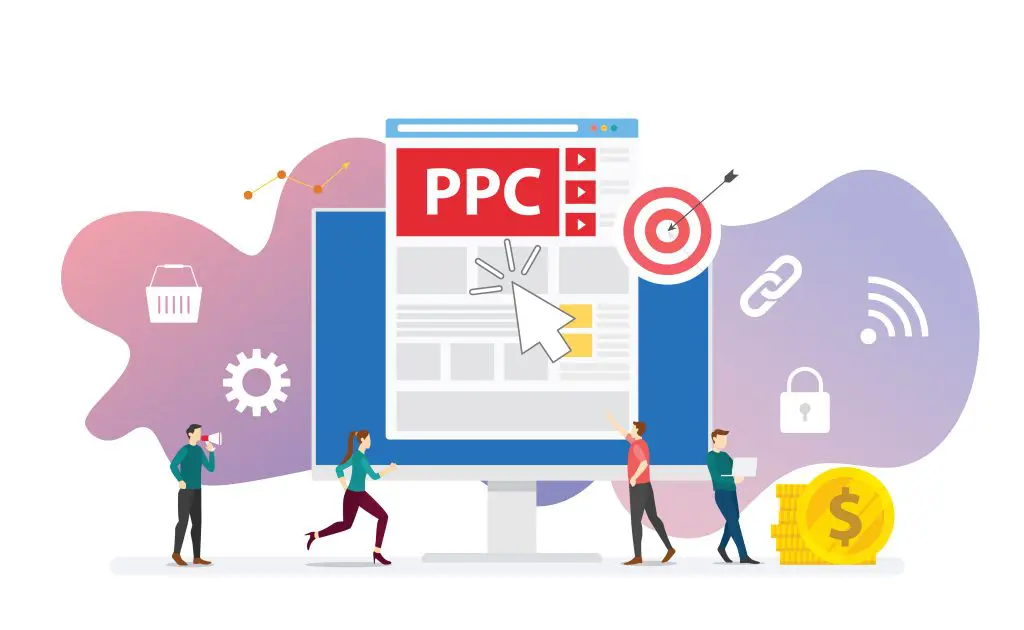In the competitive world of SaaS, effective product positioning is important for attracting the right customers and driving sustainable growth. SaaS positioning involves clearly defining your product’s unique value proposition and target audience to differentiate it from competitors.
Creating a compelling positioning strategy can help SaaS companies improve their market share, reduce churn rate, and enhance overall customer satisfaction.
What is SaaS Positioning?

SaaS positioning refers to the strategic process of defining how a SaaS product is perceived by its target market in relation to its competitors. It involves identifying the product’s unique features, benefits, and value offerings that resonate with the needs and preferences of its ideal customer.
Effective SaaS positioning helps potential customers understand why they should choose your product over alternatives.
What’s NOT Considered SaaS Positioning?
It’s important to note that SaaS positioning is not the same as product messaging or marketing activities. While positioning lays the foundation, messaging, and marketing communicate that positioning to the target audience. Additionally, simply listing product features or making direct comparisons with competitors does not constitute effective positioning.
Why is the Right Positioning Important?
The right positioning is critical for the success of any SaaS business. It helps attract the ideal customer, differentiate the product from competitors, and drive customer acquisition and retention.
Advantages of Effective Positioning
- Attracts the right target audience and improves lead quality
- Differentiates the product from competitors and establishes a unique market position
- Increases customer acquisition and reduces churn rate
- Enhances customer satisfaction and loyalty
- Supports effective marketing strategies and messaging
Drawbacks of Inadequate Positioning
- Attracts the wrong customers who are not a good fit for the product
- Fails to differentiate the product from competitors
- Leads to higher customer acquisition costs and churn rates
- Results in lower customer lifetime value and revenue
- Hinders the effectiveness of marketing efforts and messaging
The April Dunford Model: Five Critical Elements of Positioning
April Dunford, a positioning expert, has developed a framework that outlines the five key elements of effective positioning.
Let’s explore each element in detail.
- Competitive Alternatives: Understanding your product’s competitive alternatives helps identify its unique value proposition. By analyzing competitors’ strengths and weaknesses, you can position your product to highlight its differentiation.
- Unique Offerings: Clearly defining your product’s unique features and benefits is essential for effective positioning. Focus on the aspects that set your product apart from competitors and resonate with your target audience.
- Target Audience Persona: Developing a deep understanding of your ideal customer persona is important for creating a positioning strategy that addresses their specific needs and pain points. Conduct thorough customer research to gain insights into their preferences, challenges, and goals.
- Value Offerings: Articulate the value your product delivers to its target audience. Highlight how your product solves their problems, improves their workflows, or enhances their overall experience. Emphasize the benefits rather than just listing features.
- Market Category: Identify the market category in which your product operates. Understanding your product’s market position helps you communicate its value proposition effectively and target the right audience.
How to Determine if Your Current Positioning is Effective?

To assess the effectiveness of your current positioning, ask yourself these questions:
- Who do you help?
- What problems do you solve?
- How does your product work?
If you struggle to provide clear and concise answers, it may indicate a positioning problem. Vague responses or jumping straight to describing your solution without clearly defining the problem suggest that your positioning needs improvement.
6 Major Types of Positioning Strategies

There are several positioning strategies SaaS companies can adopt based on their unique value proposition and target audience.
Let’s explore six common approaches.
- Pricing-Based Positioning: This strategy focuses on positioning your product based on its pricing, targeting cost-conscious customers. It can be effective for attracting price-sensitive buyers but may limit your market reach.
- Quality-Based Positioning: Quality-based positioning emphasizes the superior quality and reliability of your product. This approach justifies a premium price point and attracts customers willing to invest in a high-quality solution. Dropbox is an example of a SaaS company using quality-based positioning.
- Customer Service-Based Positioning: This strategy highlights the exceptional customer support and service your company provides. It differentiates your product by focusing on the quality of customer experience and attracts customers who value reliable support.
- Target Audience-Based Positioning: Target audience-based positioning focuses on tailoring your product to the specific needs and preferences of a well-defined customer segment. By deeply understanding your ideal customer, you can create a positioning strategy that resonates strongly with them.
- Differentiation-Based Positioning: Differentiation-based positioning involves highlighting your product’s unique features and benefits that set it apart from competitors. Slack, for example, differentiates itself by emphasizing its seamless integration with other tools and customization options.
- Convenience-Based Positioning: Convenience-based positioning focuses on the ease of use and simplicity of your product. It attracts customers who value a streamlined and user-friendly experience. This approach is particularly effective for products that simplify complex processes or workflows.
Step to Figure Out the Right Positioning
Figuring out the right positioning for your SaaS product involves a systematic process of customer research, identifying unique value propositions, and creating a compelling positioning statement.
- Customer Research: Conduct thorough customer research to gain deep insights into your target audience’s needs, preferences, and pain points. Use surveys, interviews, and analytics data to understand their challenges and goals.
- Jot down Features, Benefits, and Value: List your product’s features, benefits, and the value it delivers to customers. Identify the aspects that differentiate your product from competitors and resonate with your target audience’s needs.
- Discover Unique Selling Propositions: Analyze your product’s features, benefits, and value to identify its unique selling propositions. Focus on the aspects that set your product apart and address your target audience’s specific pain points.
- Create a Positioning Statement: Create a clear and concise positioning statement that communicates your product’s unique value proposition and target audience. Use the insights gained from customer research and competitive analysis to develop a compelling statement.
- Iterate and Improve: Continuously gather customer feedback and monitor market trends to refine your positioning over time. Adapt your positioning strategy as your product evolves and customer needs change to ensure ongoing relevance and effectiveness.
Common SaaS Positioning Problems
Many SaaS companies face common positioning challenges that hinder their growth and success.
Let’s explore three prevalent issues.
- Focusing on Features Instead of Customer Needs: One common mistake SaaS companies make is focusing their positioning on product features rather than addressing customer needs and pain points. While showcasing features is important, the primary focus should be on how your product solves customer problems and improves their lives.
- Attempting to Please Everyone: Trying to position your product as a solution for everyone often leads to a lack of clear differentiation and appeal. Instead of being everything to everyone, focus on providing a specific solution for your target customer segment.
- Solving a Problem People Aren’t Willing to Pay or Migrate For: Choosing a problem that customers are not willing to pay for or invest effort in migrating to a new solution can hinder your product’s success. Ensure that your product addresses a significant pain point that customers are actively seeking to resolve.
How to Improve Your SaaS Positioning?
Improving your SaaS positioning requires a strategic approach that focuses on identifying your unique value proposition, understanding customer needs, and creating a compelling positioning statement.
- Identify Your Unique Value Proposition: Analyze your product’s features, benefits, and the value it delivers to customers to identify its unique value proposition. Focus on the aspects that differentiate your product from competitors and resonate with your target audience’s needs.
- Apply the Jobs-to-Be-Done Framework: Use the Jobs-to-Be-Done framework to understand the specific tasks and outcomes your target customers are trying to achieve. By aligning your positioning with the jobs your product helps customers accomplish, you can create a more compelling value proposition.
- Utilize Customer Interviews For Improved Positioning: Conduct in-depth customer interviews to gain insights into their needs, challenges, and preferences. Use this qualitative data to refine your positioning and ensure it resonates with your target audience.
- Write Your SaaS Product Positioning Statement: Create a clear and concise positioning statement that communicates your product’s unique value proposition and target audience. Use the insights gained from customer research and competitive analysis to develop a compelling statement that differentiates your product in the market.
SaaS Positioning Statement Examples

Let’s explore some examples of effective SaaS positioning statements from well-known companies.
HubSpot
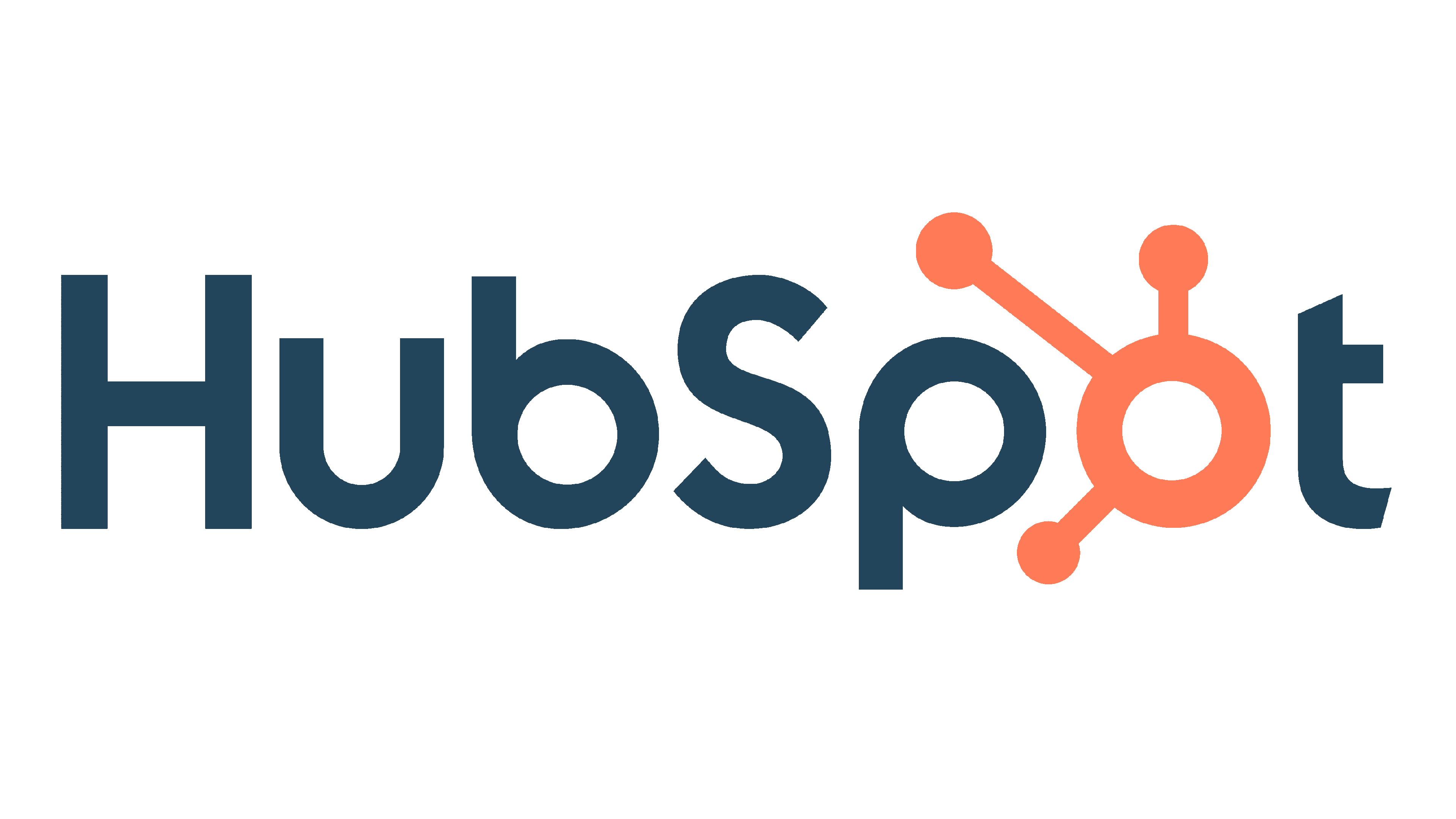
HubSpot is a popular tool for marketing. It helps businesses grow. They focus on inbound marketing, content, and leads. HubSpot attracts businesses looking to engage customers with these strategies.
They prioritize customer success by offering resources and support. This aids businesses in using HubSpot effectively to achieve marketing goals.
Slack

Slack is popular for work chats, gathering all team talks in one spot. It eases communication and boosts teamwork.
It’s user-friendly, integrates with various apps, ideal for teams big or small. Simplifies chats, file-sharing, and task management. Slack’s message resonates with users dealing with communication gaps and workspace disorganization.
Wistia
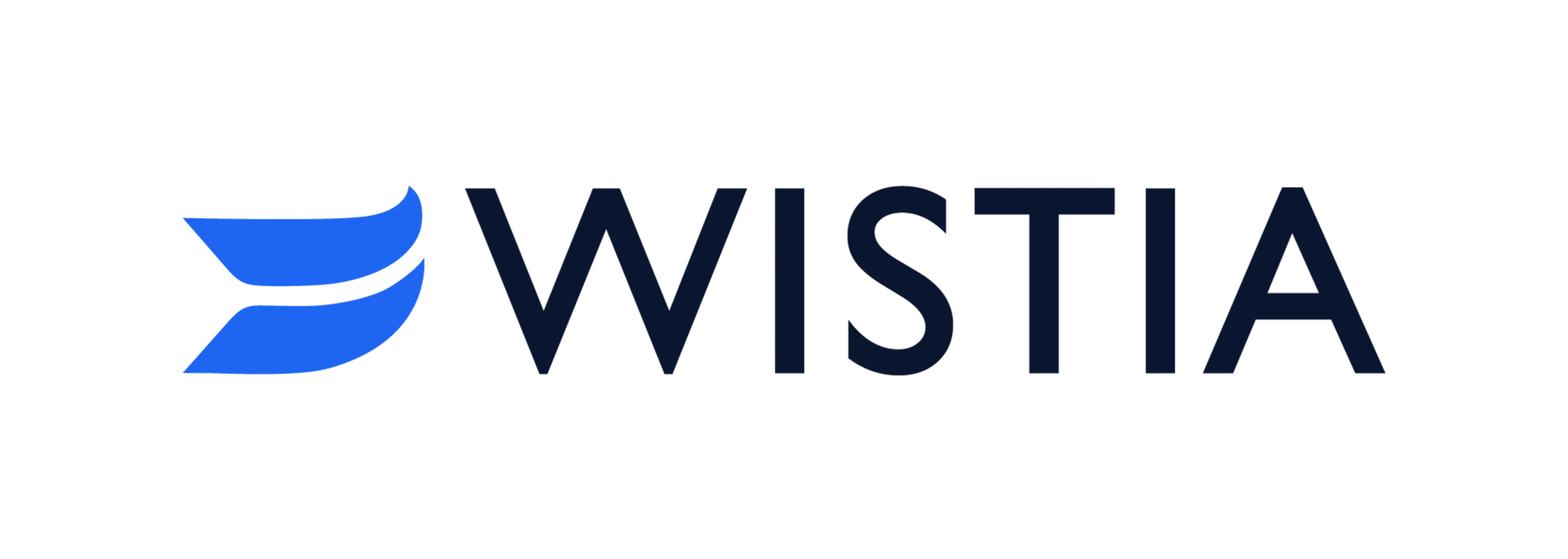
Wistia is a platform for video hosting and analytics, aiding businesses in effective video marketing. It provides quality hosting, detailed analytics, tools for better engagement, and conversions.
Wistia focuses on user experience, serving businesses and viewers with customizable players and engagement tools. Understanding video marketers’ needs makes Wistia a specialized solution that enhances content impact.
RingCentral
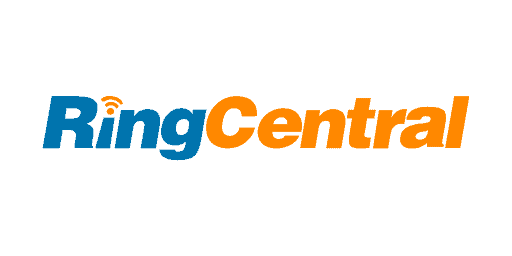
RingCentral is a leading cloud communication provider. It offers various tools like messaging and video calls.
These tools are conveniently available on one platform. RingCentral highlights its strong features, top security, and excellent customer service. They understand the importance of reliable communication for businesses.
By adapting to evolving communication needs, RingCentral has established itself as a trustworthy leader in the cloud communications market.
Amazon
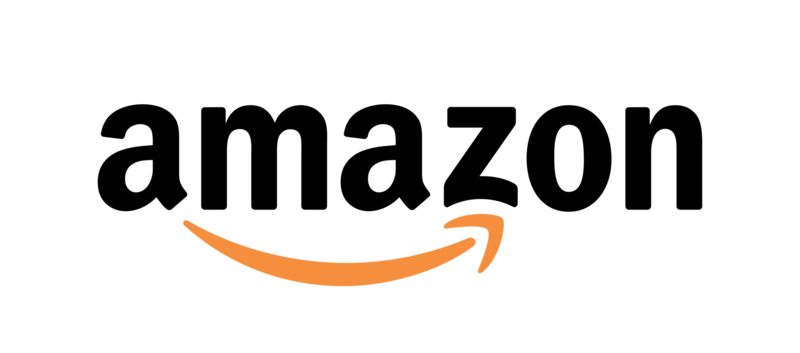
Amazon is a famous online store. They have a big selection and care about customers.
Their prices are good, and shipping is reliable, which builds loyalty. Amazon prioritizes customers by personalizing experiences and simplifying shopping. They use data to understand needs and provide tailored experiences.
Amazon leads in online shopping, showing strong positioning and reliability. They gained market share through convenience, variety, and great service.
Mailchimp

Mailchimp is a popular tool for email marketing, targeting small businesses. It offers user-friendly tools and templates.
Automation features simplify email campaigns. Mailchimp promotes content creation, marketing automation, and result tracking. Emphasizing ease of use and affordability attracts small businesses seeking customer engagement improvement.
Airbnb

Airbnb is a website to find places to stay and services for guests. It revolutionizes travel globally by emphasizing trust and unique experiences. They connect travelers with hosts worldwide, promoting a sense of belonging.
Airbnb offers diverse accommodation options, from cozy apartments to luxurious villas. Their focus is on authentic travel experiences that foster connections with local cultures. Airbnb aims to enhance travel and deliver personalized customer experiences effectively.
Alexa

Alexa is part of Amazon, focusing on web analytics. It provides tools for website owners and digital marketers.
They offer traffic analysis, keyword research, and market analysis tools. The aim is to help optimize websites for search engines, improve user experience, and outperform competitors. Alexa targets digital marketers, SEO experts, and website owners seeking data-driven insights.
Shopify

Shopify is a popular e-commerce platform for all businesses, big or small, to create online stores. They aim to improve commerce, especially for small businesses. Shopify is user-friendly and scalable with customizable themes, secure payments, and various integrations.
This simplifies setting up and running online shops for businesses. Shopify provides reliable tools for entrepreneurs and businesses to establish and grow their online presence.
Dropbox

Dropbox is a popular cloud storage service known for its simplicity and security. Users can store, access, and collaborate on files easily. The platform emphasizes user-friendly features, teamwork options, and robust security measures.
This makes it ideal for both individuals and businesses. Users can sync files across devices, share folders with others, and access files online. Dropbox’s focus on ease of use, security, and collaboration makes it a reliable choice for file management in the digital age.
Can a SaaS Company Transition From a Niche Focus to a Broad Appeal Strategy?
Yes, a SaaS company can transition from a niche focus to a broader appeal strategy, but it requires careful consideration and planning. As your product evolves and your customer base grows, you may identify opportunities to expand your target market and address a wider range of needs.
What Factors Should I Consider When Choosing Between Niche Focus and Broad Appeal?
When deciding between a niche focus and broad appeal, consider the following factors:
- Market size and growth potential: Assess the size and growth potential of your current niche market and the broader market you’re considering expanding into.
- Competition: Analyze the competitive landscape in both the niche and broader markets. Determine if your product can effectively differentiate itself and compete in the broader market.
- Customer needs and preferences: Evaluate whether your product can address the needs and preferences of a broader customer base without compromising its core value proposition.
- Resources and capabilities: Assess your company’s resources, expertise, and capabilities to support a broader market strategy. Expanding into new markets may require additional investments in product development, marketing, and customer support.
How Do I Measure the Success of My Positioning Strategy in the Market?

Measuring the success of your positioning strategy involves tracking key performance indicators (KPIs) that align with your business goals.
Some important metrics to monitor include:
- Customer acquisition rate: Track the number of new customers acquired over a specific period to assess the effectiveness of your positioning in attracting your target audience.
- Customer retention and churn rate: Monitor customer retention and churn rates to evaluate how well your positioning resonates with your existing customer base.
- Customer lifetime value (CLV): Measure the average revenue generated by a customer over their lifetime to assess the long-term impact of your positioning on customer loyalty and value.
- Market share: Track your product’s market share within your target market category to gauge your positioning’s effectiveness in capturing a significant portion of the market.
- Brand awareness and perception: Conduct surveys and monitor social media sentiment to assess brand awareness and perception among your target audience.
FAQ’s:
How Often Should I Reevaluate My SaaS Positioning Strategy?
It’s recommended to reevaluate your SaaS positioning strategy at least once a year or whenever significant changes occur in your market, customer needs, or product offerings. Regularly assessing and refining your positioning ensures that it remains relevant and effective in the evolving market landscape.
How Can Market Research Help in Defining the Positioning of a SaaS Product?
Market research plays an important role in defining the positioning of a SaaS product.
By conducting thorough market research, you can:
- Identify your target audience’s needs, preferences, and pain points
- Analyze competitors’ positioning and identify opportunities for differentiation
- Gather insights into market trends and customer behavior
- Validate your positioning hypotheses and refine your strategy based on data-driven insights
Market research helps ensure that your positioning is grounded in a deep understanding of your target market and aligns with customer needs and market dynamics.
Conclusion
Effective SaaS positioning is super important for making your product stand out, attracting the right customers, and growing sustainably.
Really get to know your target audience, figure out what makes you unique, and come up with a killer positioning statement to carve out a solid spot in the competitive SaaS world.
Don’t forget to keep collecting feedback from customers, keeping an eye on market trends, and tweaking your positioning strategy as needed.
Stay in tune with what your customers want and adjust your positioning accordingly to stay ahead of the game and set yourself up for long-term success in the SaaS business.
